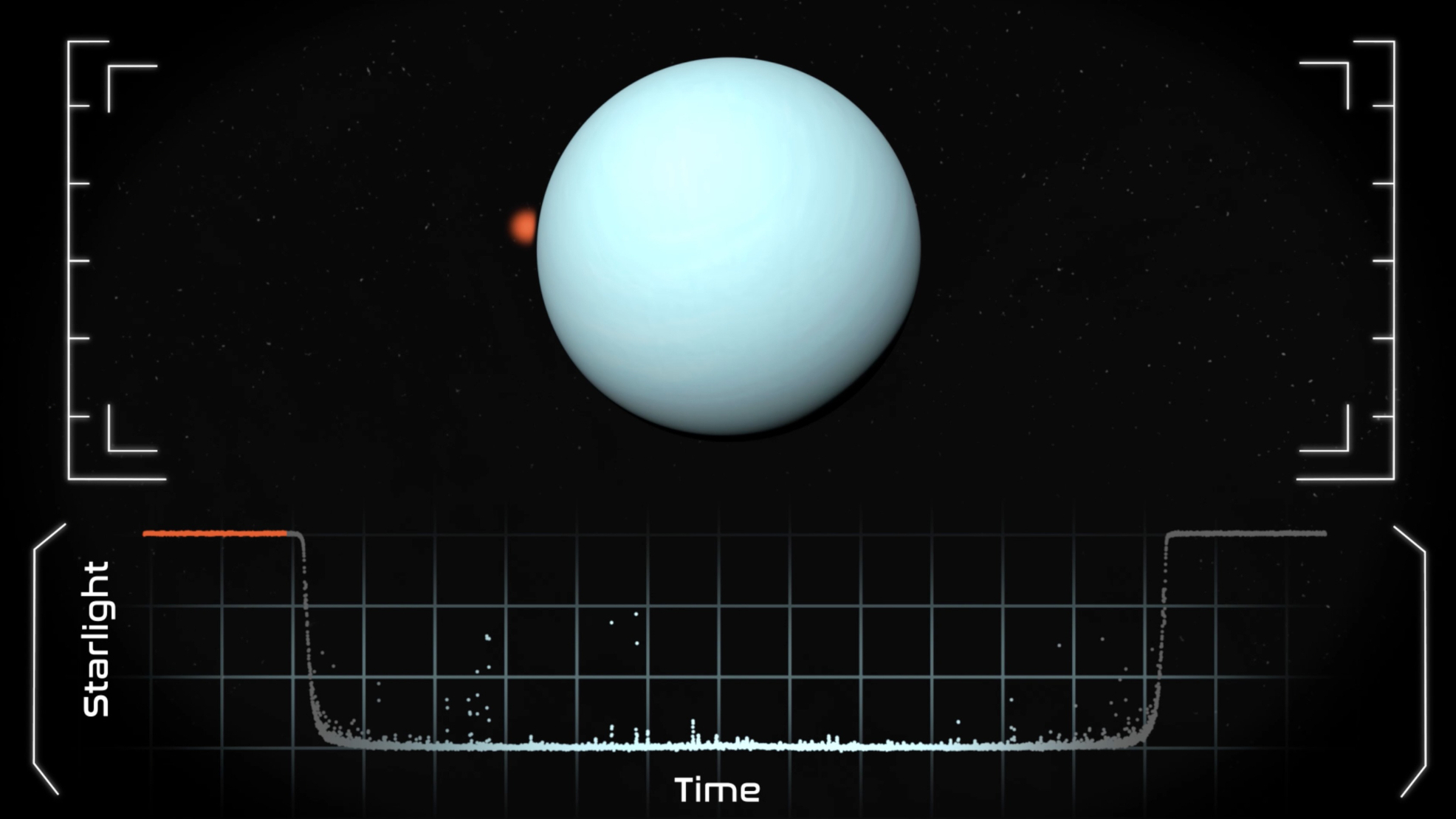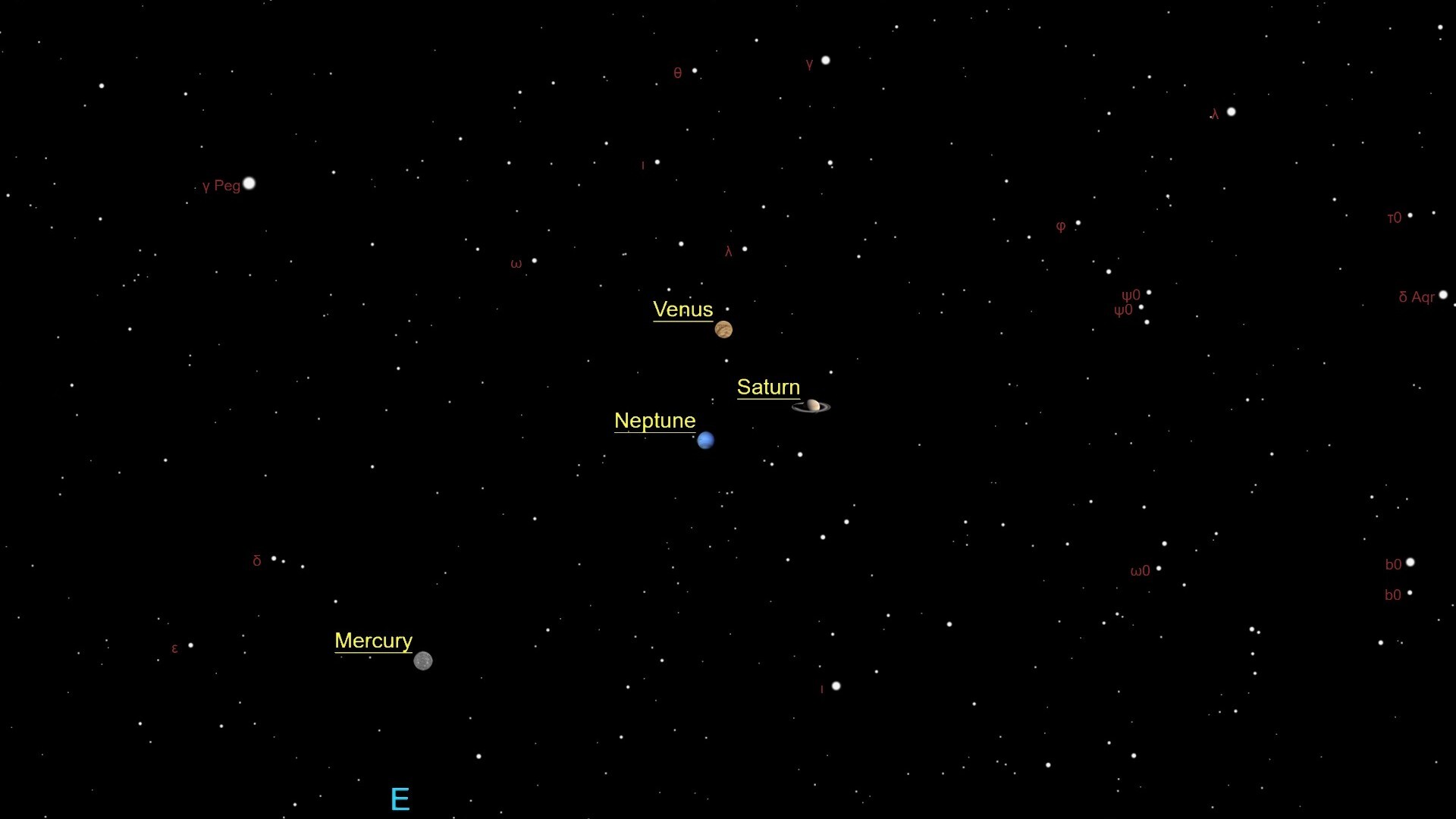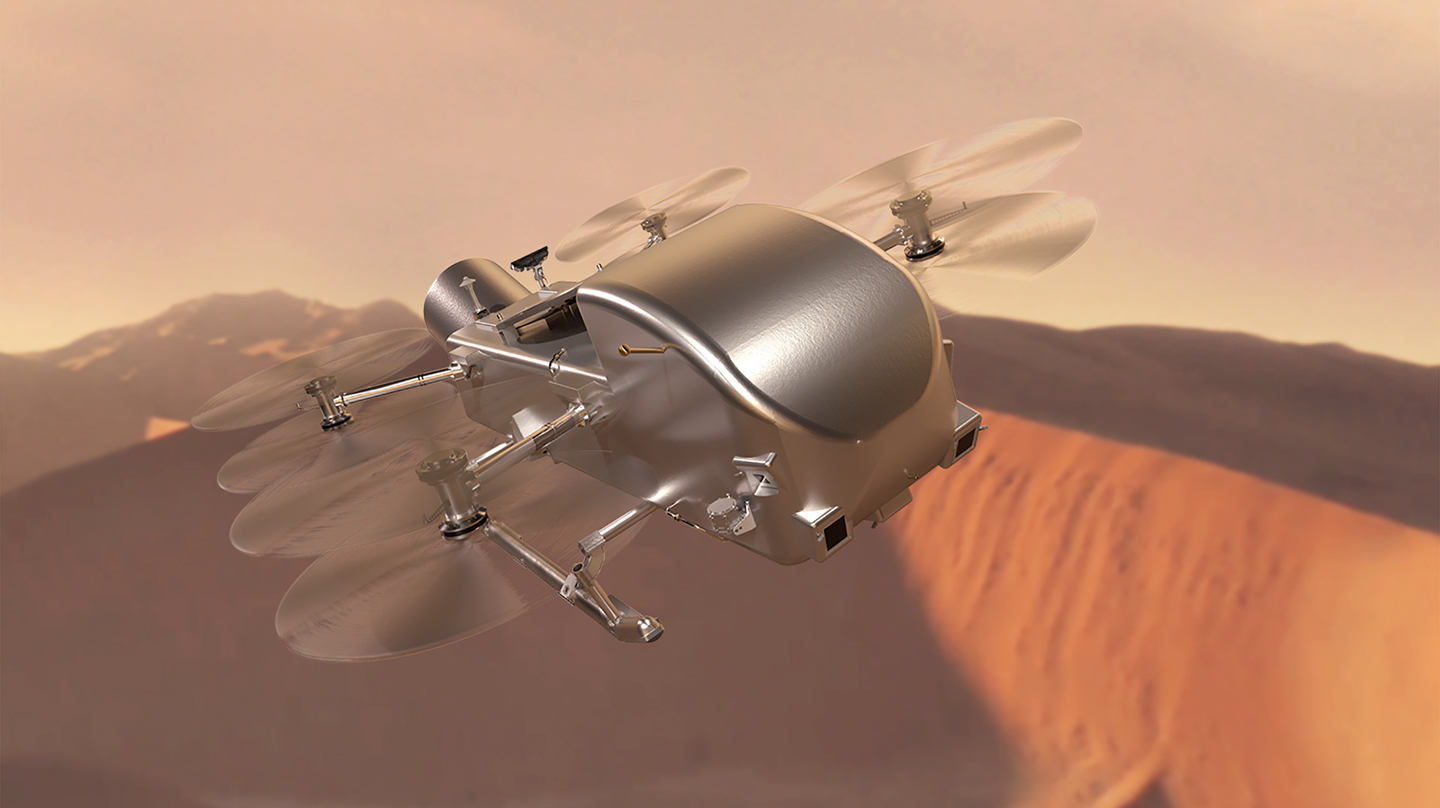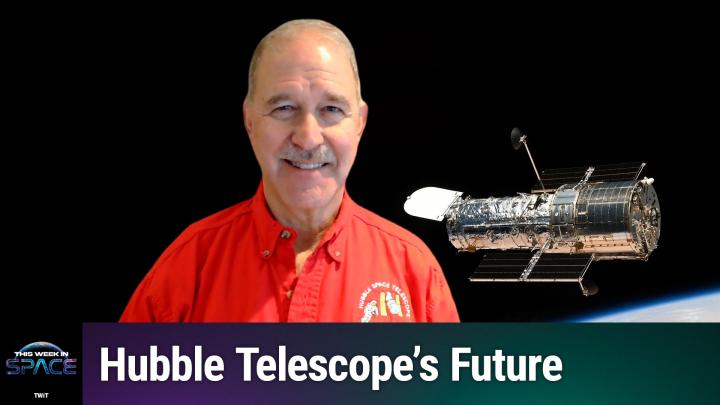Best telescopes for beginners 2025: Start your stargazing journey with our pick of the best beginner-friendly telescopes.
Just starting out with stargazing? We have carefully selected the best telescopes for beginners, just what you need for close-up views of April's full moon.

Every stargazer started somewhere, and if you're just getting into astronomy or you're buying for someone who is, you'll want one of the best telescopes for beginners. With so many on the market, it can be hard to know where to start, but we have got you covered.
April's a fantastic time to begin your skywatching journey, packed with cosmic sights. There's a full moon this April 12, and with the right telescope, you can zoom in on its rocky surface, picking out its spectacular craters and seas. And on April 25, the moon, now just visible as a crescent, shines in a triangle with Mercury, Venus and Saturn. Both are perfect opportunities to break your new telescope in.
Our expert reviewers have gone hands-on with these beginner-friendly scopes, which include manual and motorized telescopes. We've listed each model's pros and cons, and we also answer some frequently asked questions about telescopes for beginners. If you're less of a beginner, we've also got guides to the best telescopes and best telescopes for deep space.
The quick list
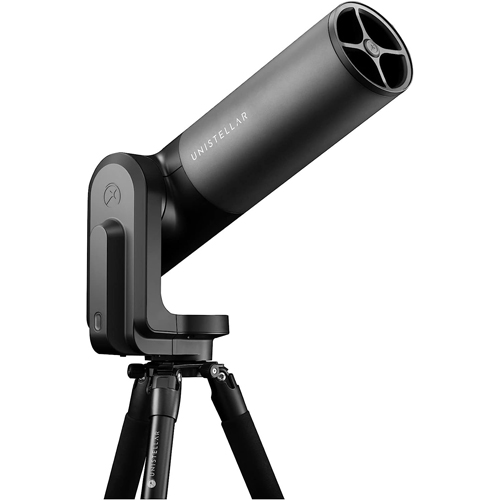
Best overall
No astronomy experience is needed for this smart telescope that can do it all — but it comes with a high price tag.

Best for quick setup
An easy, affordable option to view all types of celestial objects, and good for basic astrophotography.
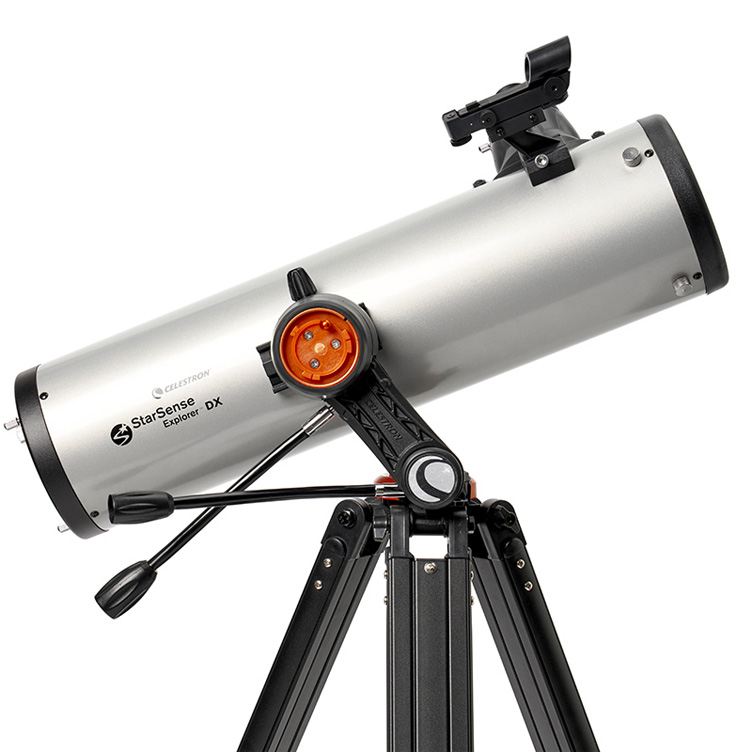
Best for basic astrophotography
As an introduction to astrophotography, this is a great option — but it isn't suitable for long exposure tracked photography.
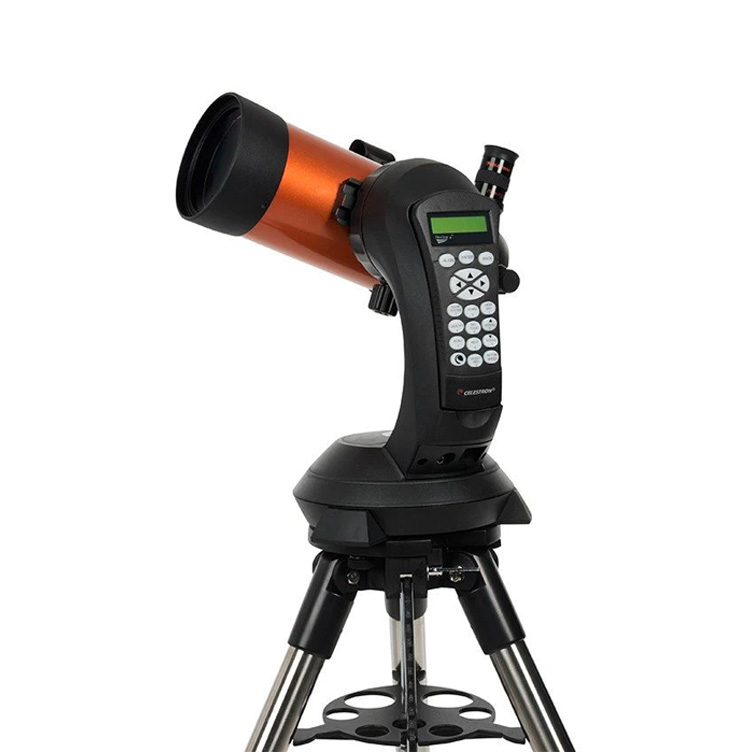
Best Maksutov-Cassegrain
This is easy to use with bright optics, but it's not the most portable. It provides a stress-free setup and good views of deep sky objects.
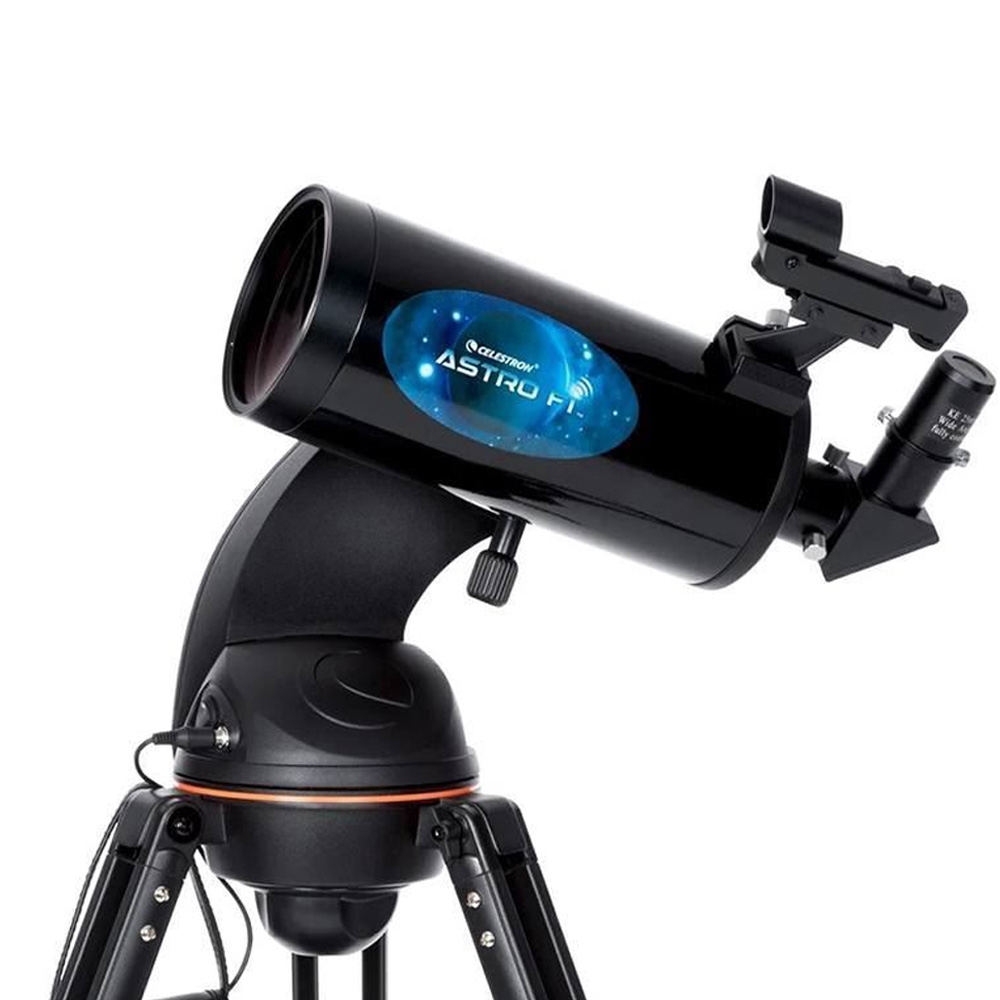
Best computerized telescope
The motorized mount can be tricky to set up, but it comes at a reasonable price for a decent night sky view.
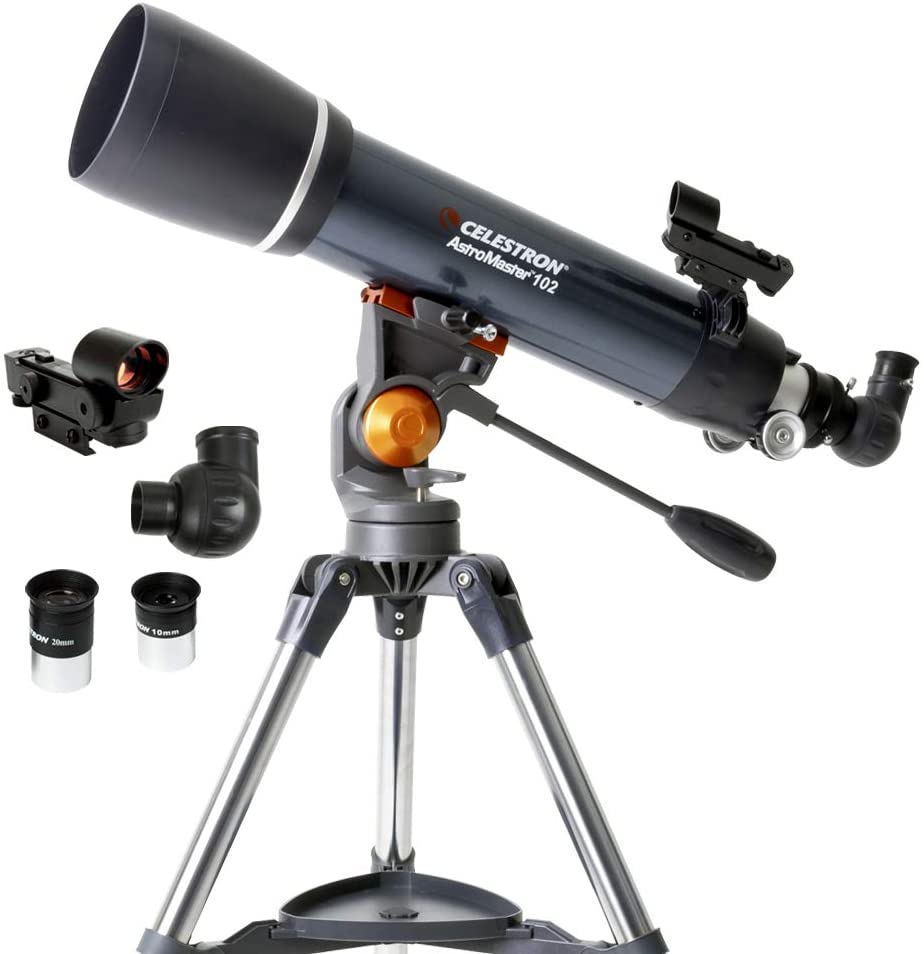
Best grab-and-go telescope
A great telescope that's perfect for beginners. It's easy to set up and use without any distracting bits of tech.
Best telescopes for beginners 2025
Why you can trust Space.com
Best overall
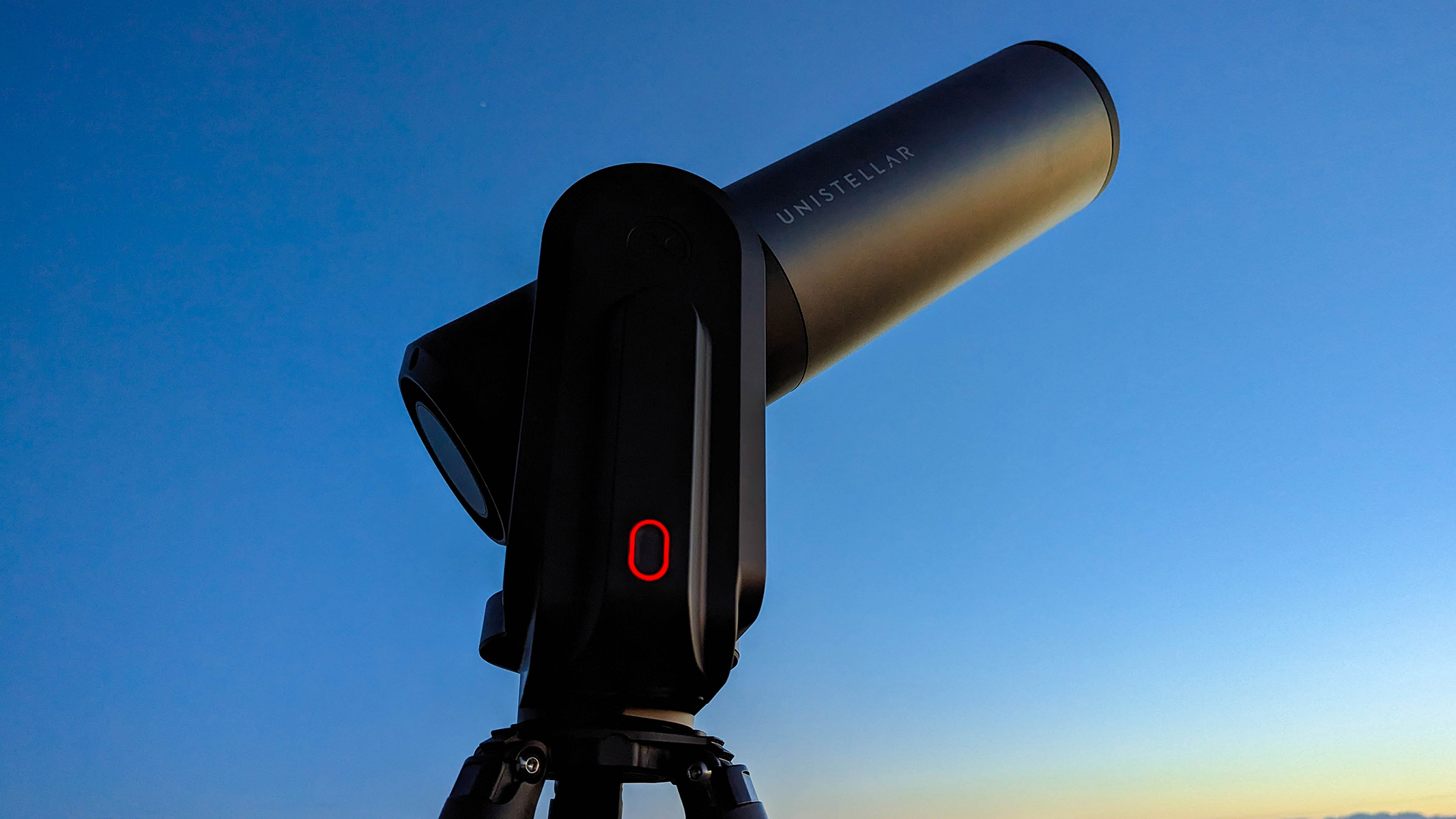
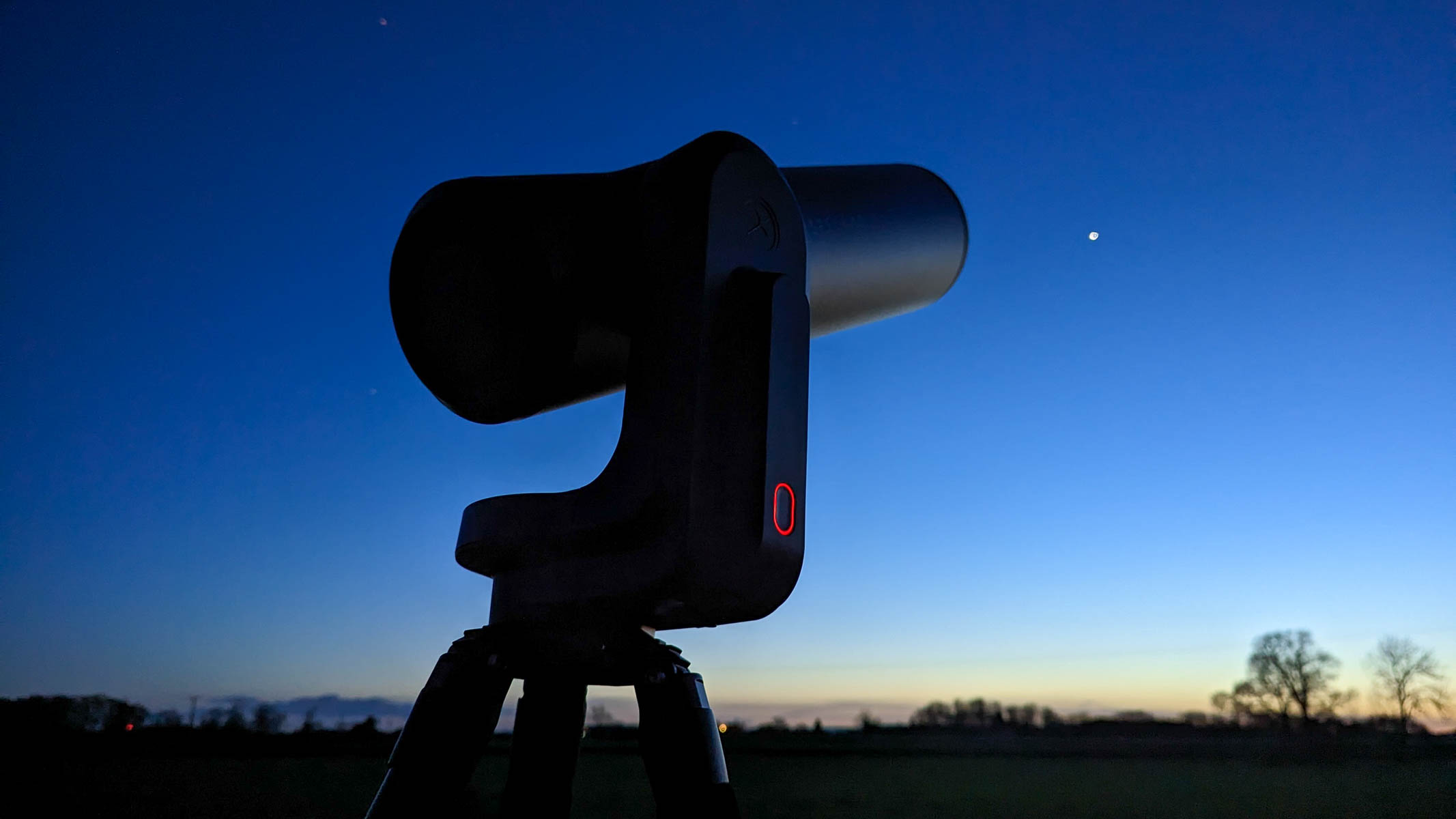

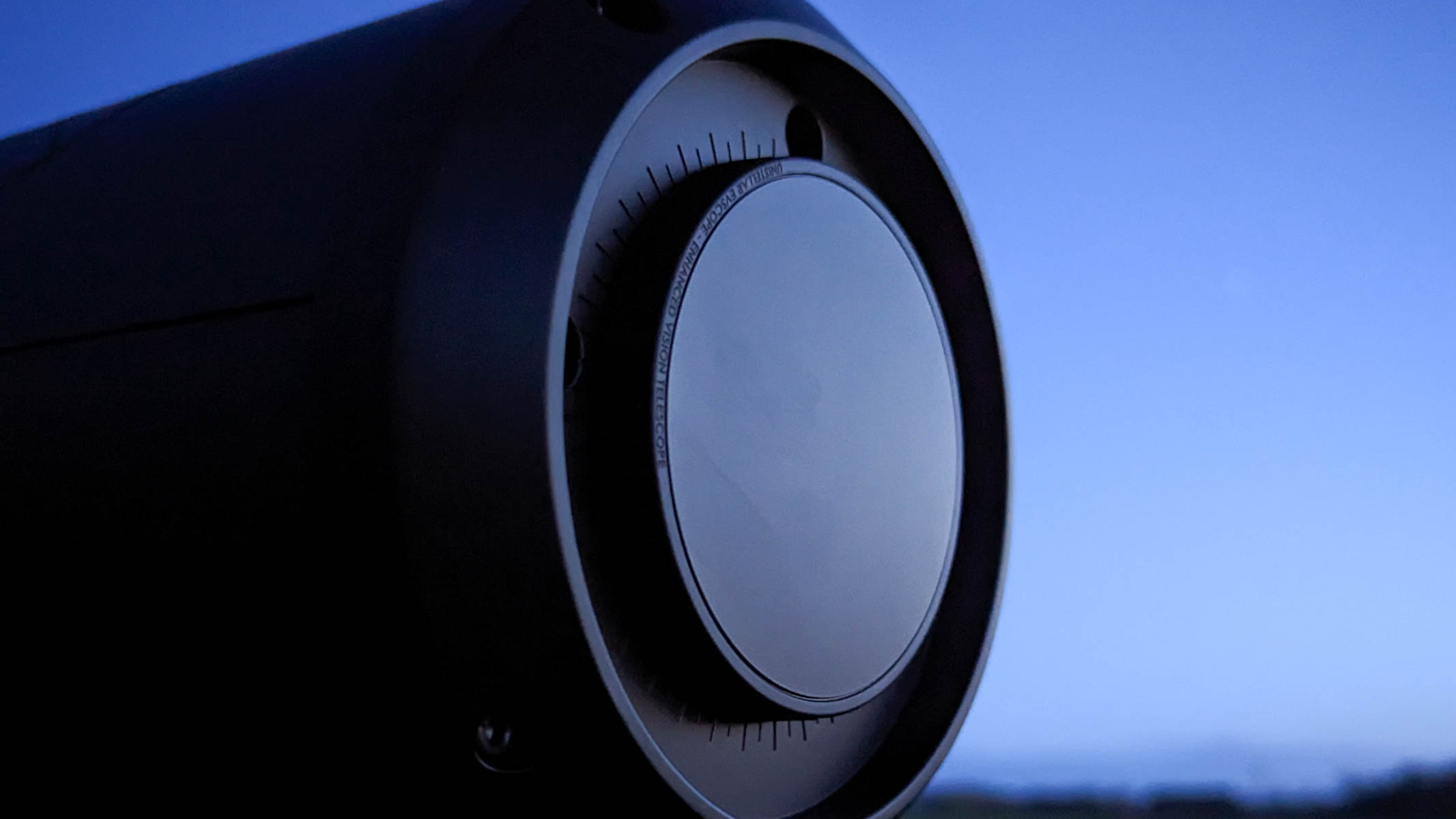
Specifications
Reasons to buy
Reasons to avoid
✅ You want a telescope that's going to last: This telescope caters both to beginners who have no prior knowledge and to pros who have a lot of astronomy experience, so you're unlikely to outgrow it.
❌ You're on a budget: Although it's worth the money, this telescope is incredibly expensive, so it's out of many's budget.
❌ You want a 'traditional' telescope: This is a telescope for tech lovers, so if you want a more traditional instrument, this won't be the one for you.
🔎 Unistellar eQuinox 2 A very impressive smart telescope that can do it all, it's incredibly easy to use and guides you around the night sky even if you have no prior astronomy knowledge, though the image resolution is average. ★★★★½
The price of the Unistellar eQuinox 2 might put off some beginners: At just under $2.500, it's very expensive. But if you've got the budget, this telescope is undoubtedly the best on the market for beginners thanks to how easy it is to use, its outstanding quality and its sleek, modern design.
The eQuinox 2 is a smart telescope, so you don't need any astrological knowhow to set it up; it does it all itself and can be operated with just one button. Some users might prefer the more hands-on approach of traditional telescopes, but if you're all about enjoying the wonders of the night sky, that's where the eQuinox 2 will really shine. It allows you to enjoy the views without getting bogged down in setup.
During the testing for our Unistellar eQuinox 2 review, we were particularly impressed with the Smart Light Pollution Reduction feature. This makes the telescope usable in densely populated areas by digitally removing city glow from the images of the night sky, something that will appeal to astrophotographers.
You can connect the eQuinox 2 to the Unistellar app on your smartphone and activate "explore mode", which uses the time and location of your telescope to automatically find celestial objects in the night sky. Of course, you can also manually adjust the telescope to direct it to an object you had in mind. It's not a traditional viewing experience, however, so if you want something a little more "manual", this probably isn't the scope for you.
We must say we are taking a bit of a liberty calling the Unistellar eQuinox 2 a "beginner" telescope. Its price tag — well over $2,000 at most retailers — is far out of the typical starter price range we'd normally recommend. As a result, this pick isn't going to suit everyone, but if you can stretch to this price range, you'll get an incredible bit of technology that will last you for years to come.
- Read our full Unistellar eQuinox 2 review
Attributes | Notes |
|---|---|
Design | Sleek, simple design. |
Performance | Incredibly easy to use, but image resolution is average. |
Functionality | Backpack needed to travel with easily. |
Best for quick set up
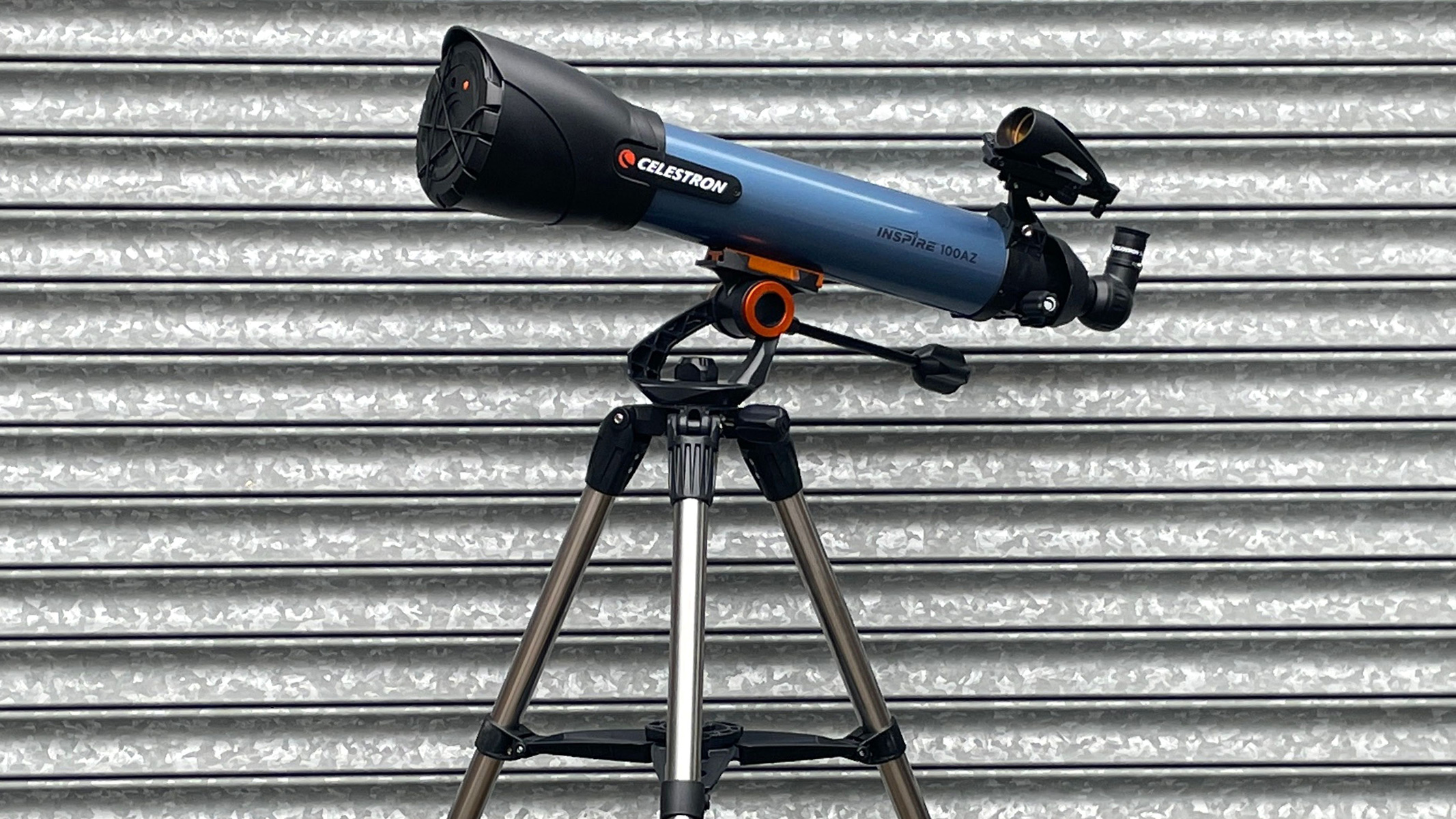

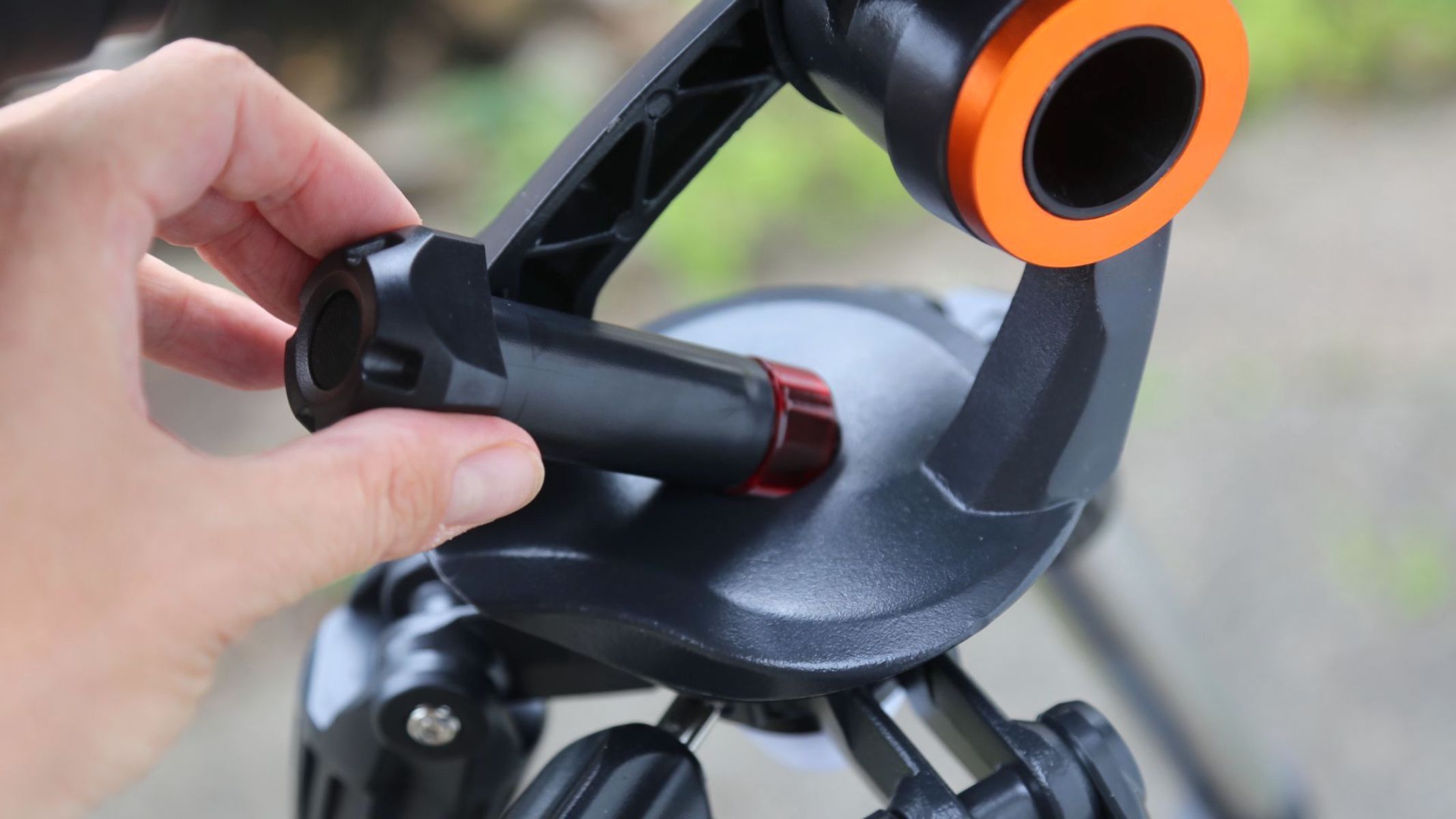
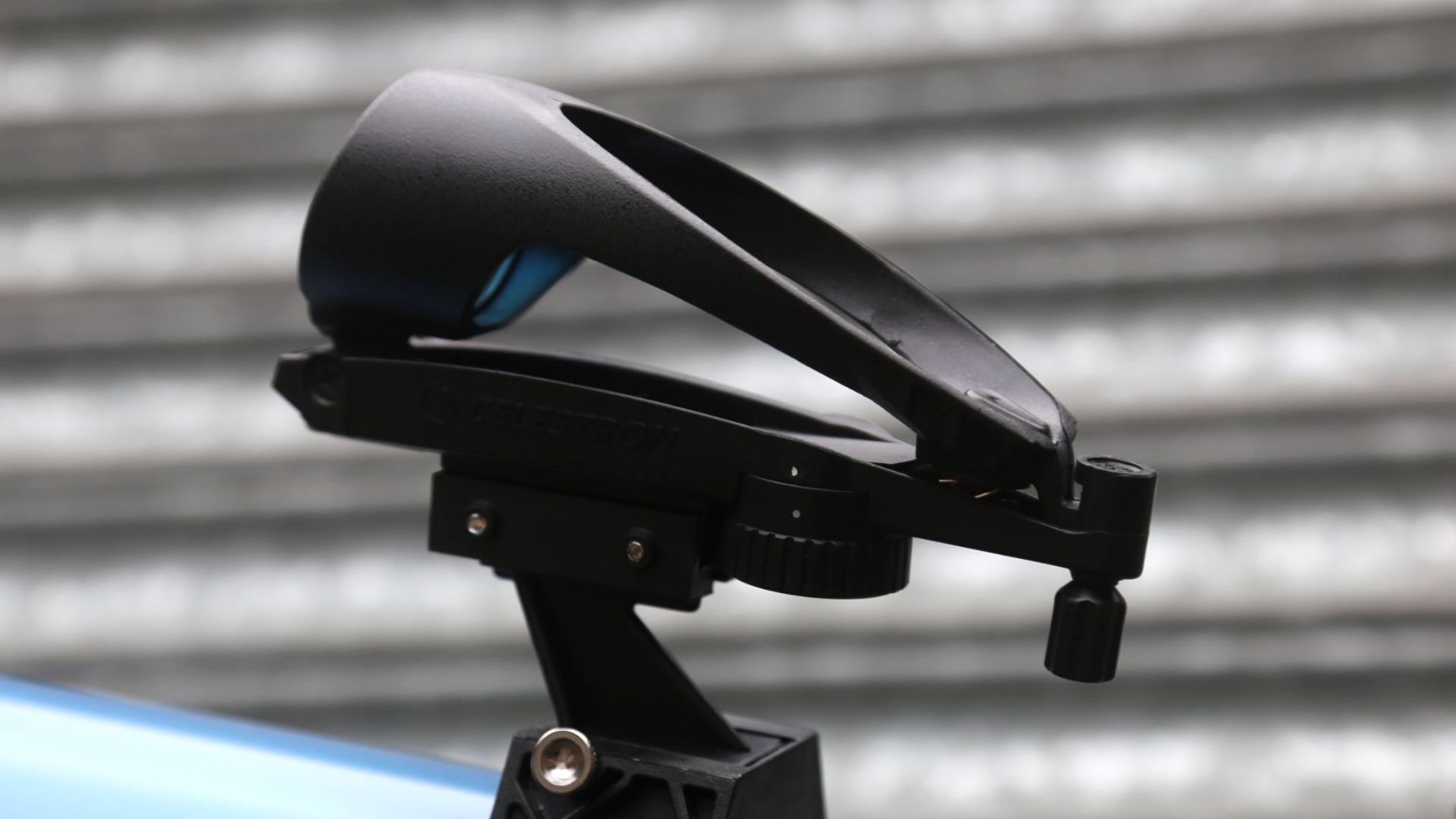
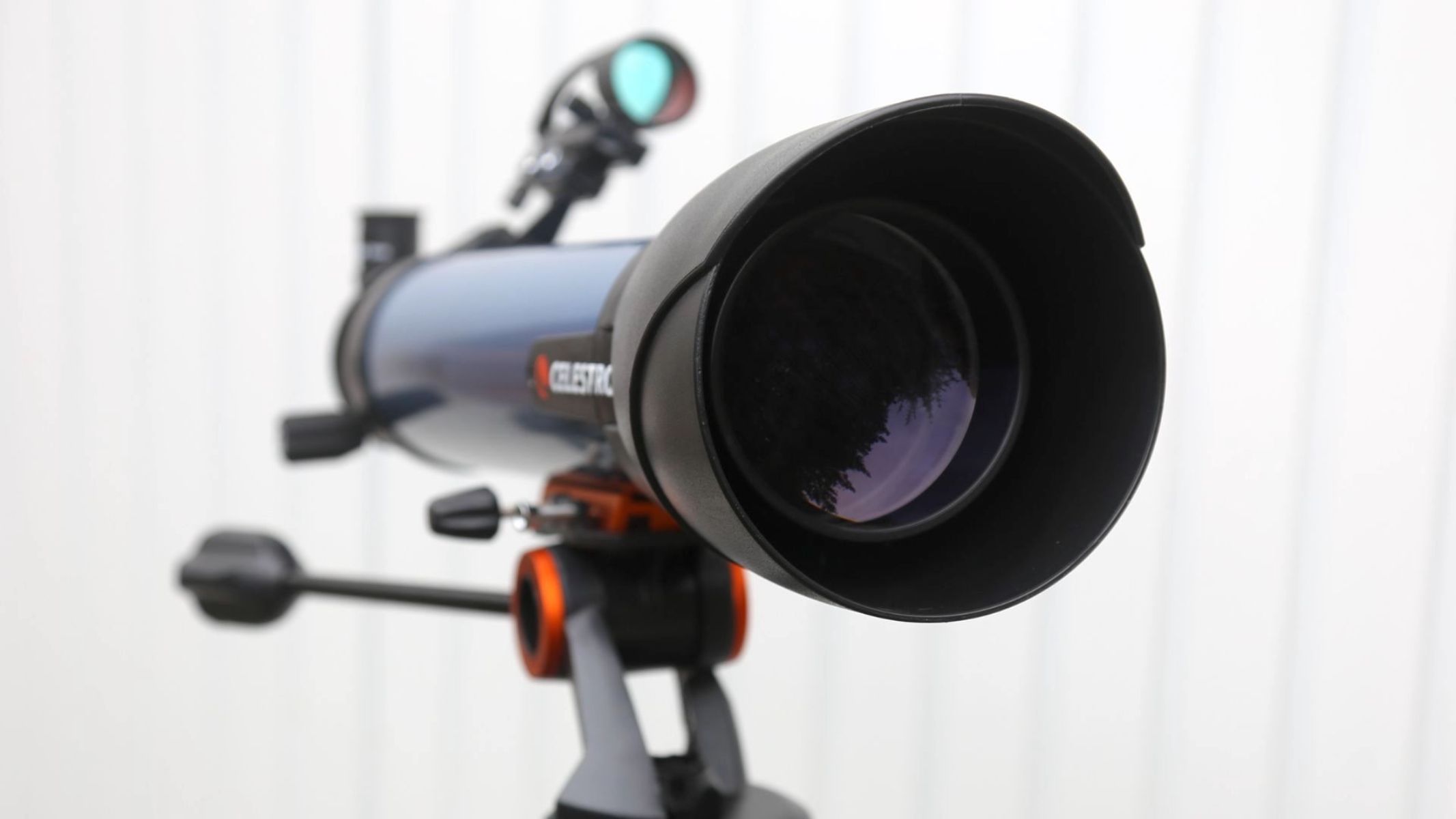
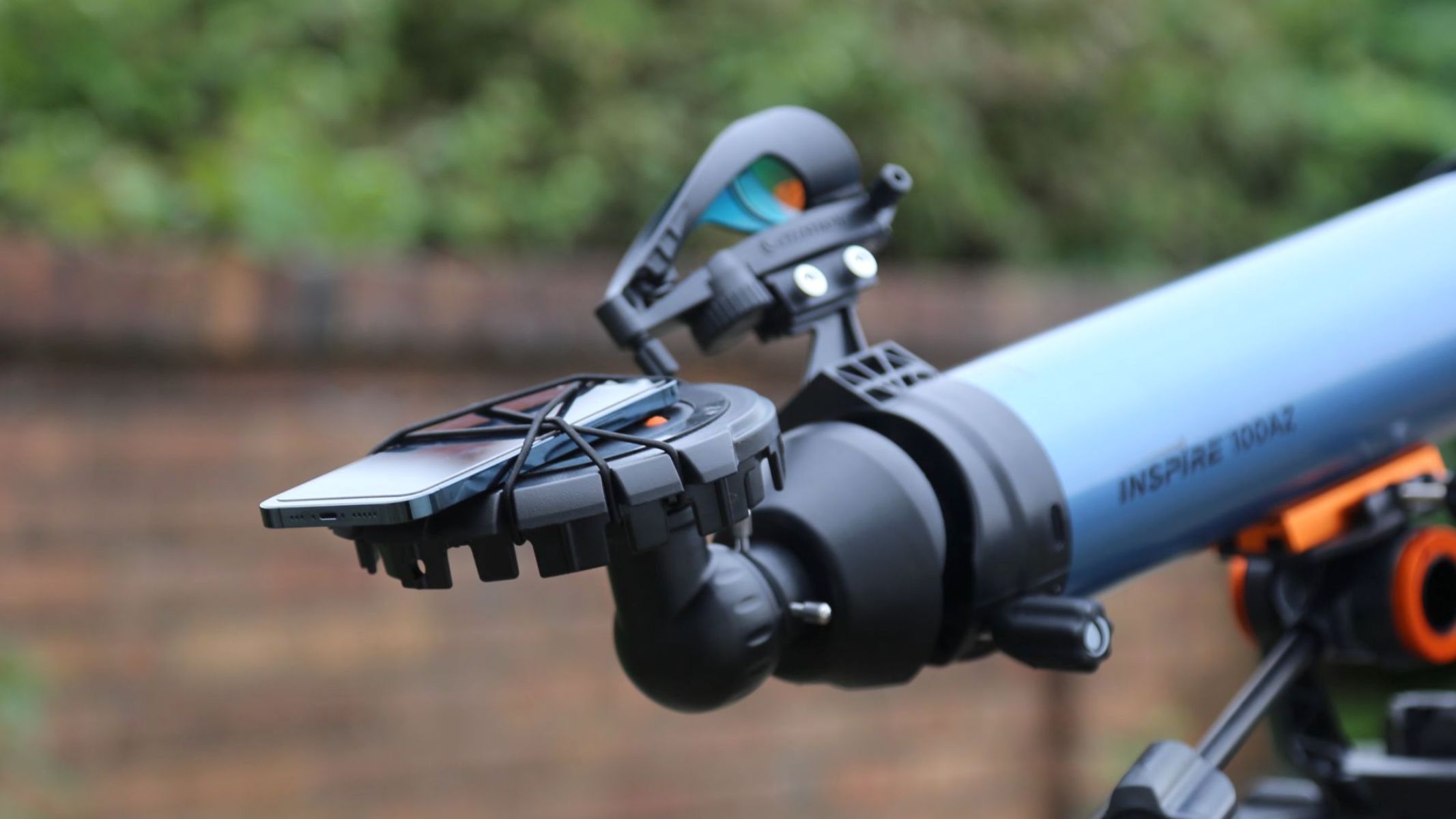
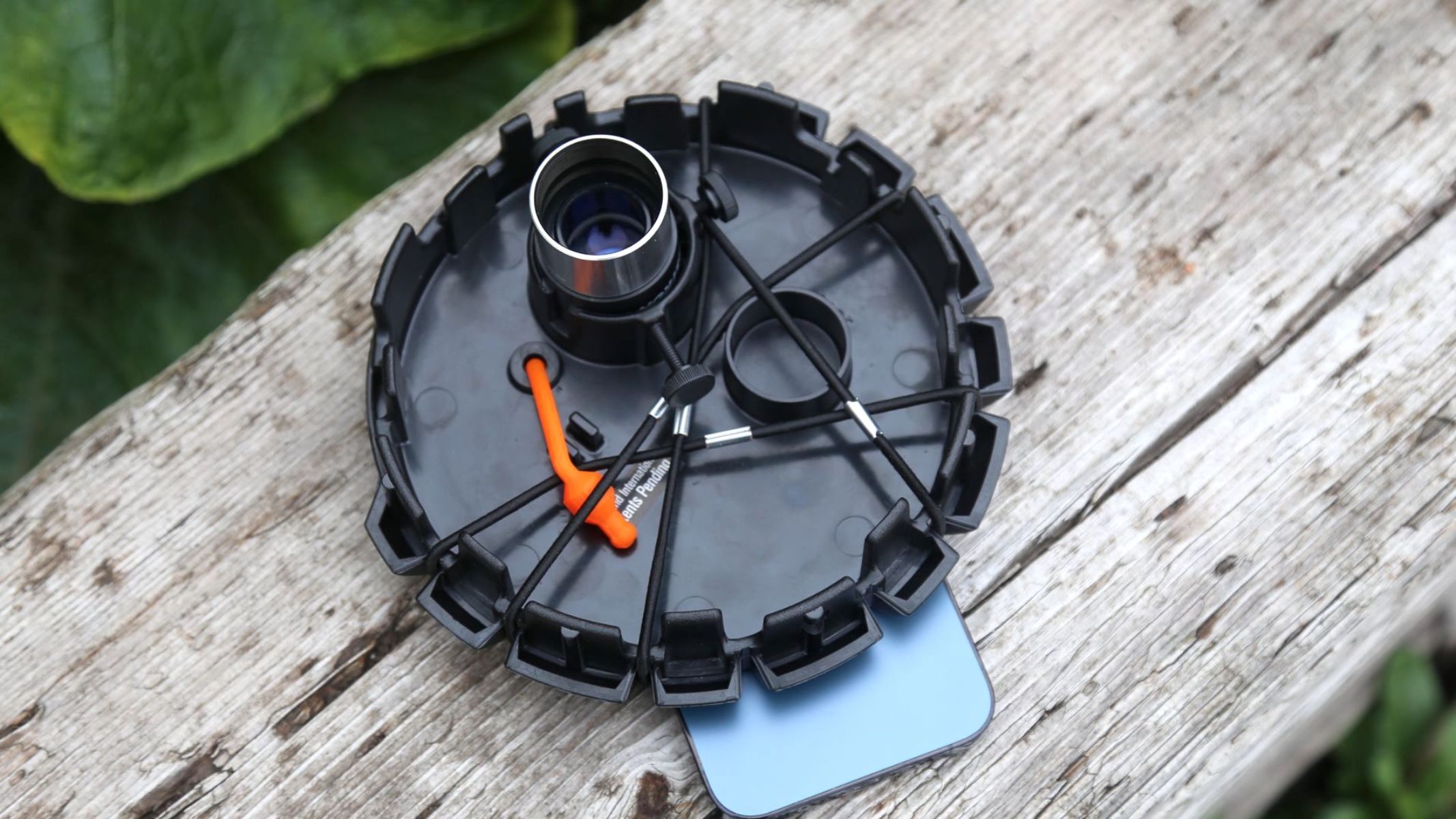
Specifications
Reasons to buy
Reasons to avoid
✅ You want a hassle-free setup: This telescope assembles and packs down very quickly and easily.
✅ You want to do basic astrophotography: There's a clever dust cap that doubles as a smartphone holder, so you can easily take photos with your phone.
❌ You want something super portable: It's not a heavy telescope by any means, but it does have a fairly large footprint. You could take it to dark sky locations in your car, but you might not want to carry it too far.
🔎 Celestron Inspire 100AZ Aimed at beginners and users looking to upgrade, this telescope is at its best when viewing the moon and planets. It comes with a lens cap that doubles as a smartphone holder for easy astrophotography. ★★★★
We're fans of Celestron's Inspire range of telescopes, and many of them are great for beginners. Our top pick has to be the Celestron Inspire 100AZ thanks to its large aperture and f/6.5 focal range. It lets in a lot of light and allows users to enjoy bright, beautiful views of the night sky.
The biggest selling point for beginners, though, has to be just how easy the Inspire 100AZ is to set up. It contains everything you need right out of the box, so you'll be up and running in no time.
While it is suitable for beginners, it isn't a perfect telescope. During our Celestron Inspire 100AZ review, we did detect some false color (which we'd expect at this price) and some blurring in the field of view. However, the latter is easily resolved by selecting one of the best eyepieces.
Out of the box, the Celestron Inspire 100AZ telescope comes with everything you need. There are two eyepieces to choose from (20mm and 10mm), a red flashlight to allow you to see or set up in the dark without disrupting your night vision, a StarPointer Pro finderscope (great for locating objects in the night sky) and a smartphone adapter. There's also an accessory tray which makes storing and organizing your gear really easy.
The StarPointer Pro finderscope is a great addition as it makes locating celestial objects so much easier than it otherwise would be. It sets the Inspire 100AZ apart from other beginner telescopes, as their finderscopes are often limited or too delicate to use with much accuracy. This one, however, is very dependable, and we've found it impressively able to identify even the faintest stars.
- Read our full Celestron Inspire 100AZ review
Attributes | Notes |
|---|---|
Design | Comes with a lens cap that doubles as a phone holder. |
Performance | Excels with lunar views. |
Functionality | Easy to assemble and take down. |
Best for basic astrophotography
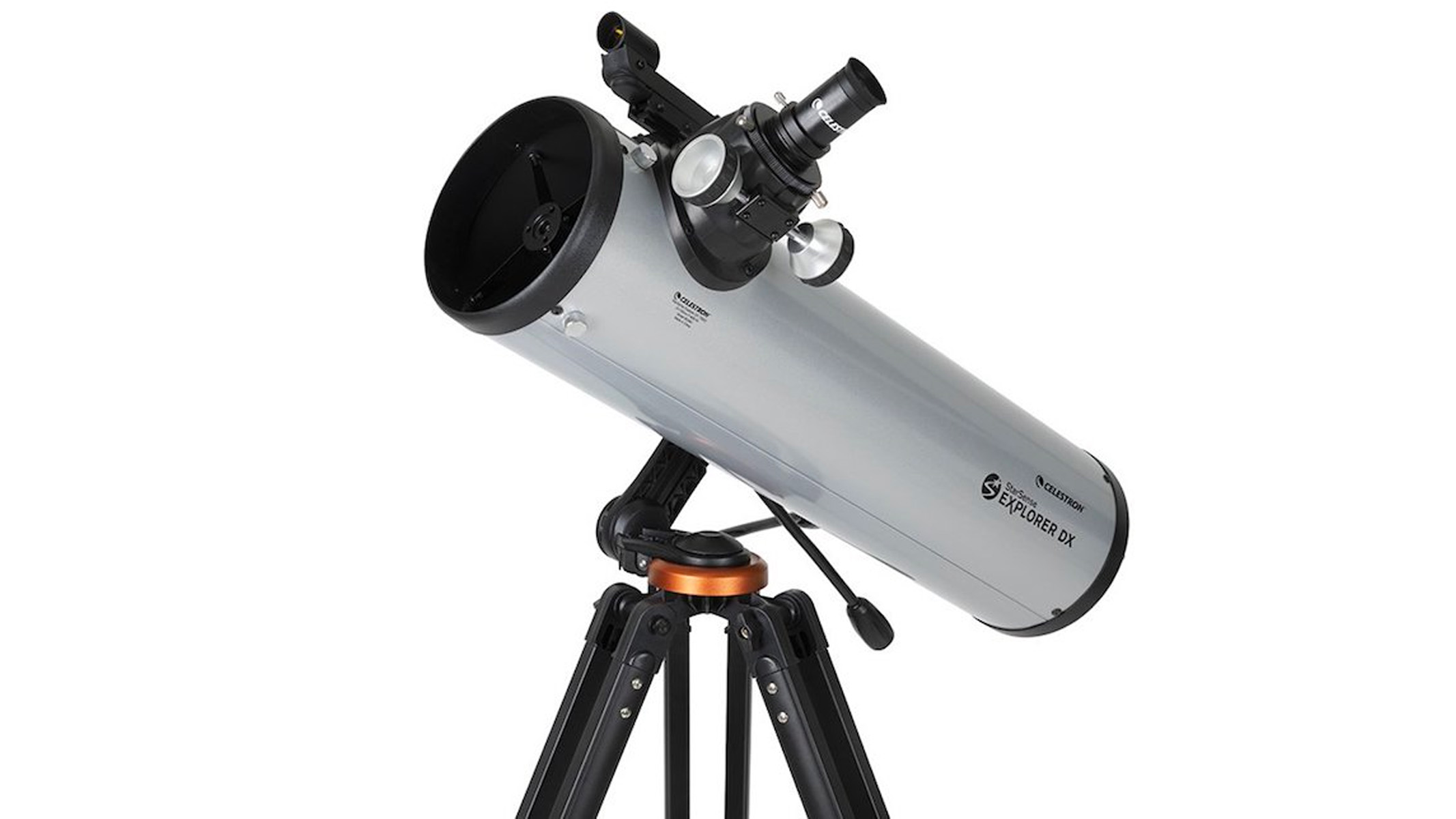
Specifications
Reasons to buy
Reasons to avoid
✅ You want to do basic astrophotography: This telescope offers great views for anyone wanting an intro to basic astrophotography, but it's not suitable for any real long-exposure shooting.
✅ You want it to offer target suggestions: The StarSense app displays a simulated view of the night sky where you can select a range of options to view from the menus.
❌ You want good eyepieces: We noted that the 10mm eyepiece included is lacking in quality, so either choose a different model or invest in better eyepieces.
❌ You're a seasoned astrophotographer: As it doesn't have an EQ mount, long exposure photography will be near impossible.
🔎 Celestron StarSense Explorer DX 130AZ An exquisite telescope for a beginner, fully equipped and supplied with everything you need for a successful observing session under the stars. ★★★★
One of our favorite telescopes for beginners is the Celestron StarSense Explorer DX 130AZ. It won't break the bank, it's great to use, and thanks to GPS and smartphone integration, finding celestial objects is delightfully easy.
In our Celestron StarSense Explorer DX 130AZ review, we praised the StarSense App that comes bundled with this scope. Download the app onto your smartphone to see a simulation of the night sky; from there, you can pick one of many celestial objects to explore further. By displaying arrows on the screen, the app will show you which way to move the telescope in order to line up to the object you've chosen.
You don't need to use the app if you don't want to: You can operate the StarSense Explorer DX 130AZ more like a traditional telescope if you'd rather, and we like that users get the option of both. We'd recommend at least starting out with the app though, as it offers an easy way for beginners to become familiar with the night sky. We think it's an enjoyable way of doing things too, as it takes out all of the guesswork that typically comes with starting out in astronomy.
Beginners will definitely value the telescope's ability to let you stargaze without needing much high-level configuration. While using most GoTo telescopes means pointing the telescope toward a few bright stars so the computer can determine where it is, Celestron automatically takes care of the calibrations and alignments within minutes.
Celestron's StarSense Explorer range also includes a 4.5-inch aperture Newtonian and a 4-inch refractor — be sure to check out our Celestron StarSense Explorer DX 102AZ review. But because the DX 130AZ boasts an aperture of 5.11 inches, we feel this is the superior instrument.
The Celestron StarSense Explorer DX 130AZ comes with two eyepieces: a 25mm and a 10mm, providing magnifications of 26x and 65x. However, as is common with many budget telescopes, it's advisable to consider additional accessories to unleash the telescope's optical capabilities fully. We noticed that the 10mm eyepiece in particular was a bit underwhelming, so we'd recommend upgrading it to enhance your observing experience.
- Read our full Celestron StarSense Explorer DX 130Az review
Attributes | Notes |
|---|---|
Design | Good quality optical tube and mount. |
Performance | Views are good — clear, crisp and contrasty. |
Functionality | Easy to use for navigation. |
Best Maksutov-Cassegrain
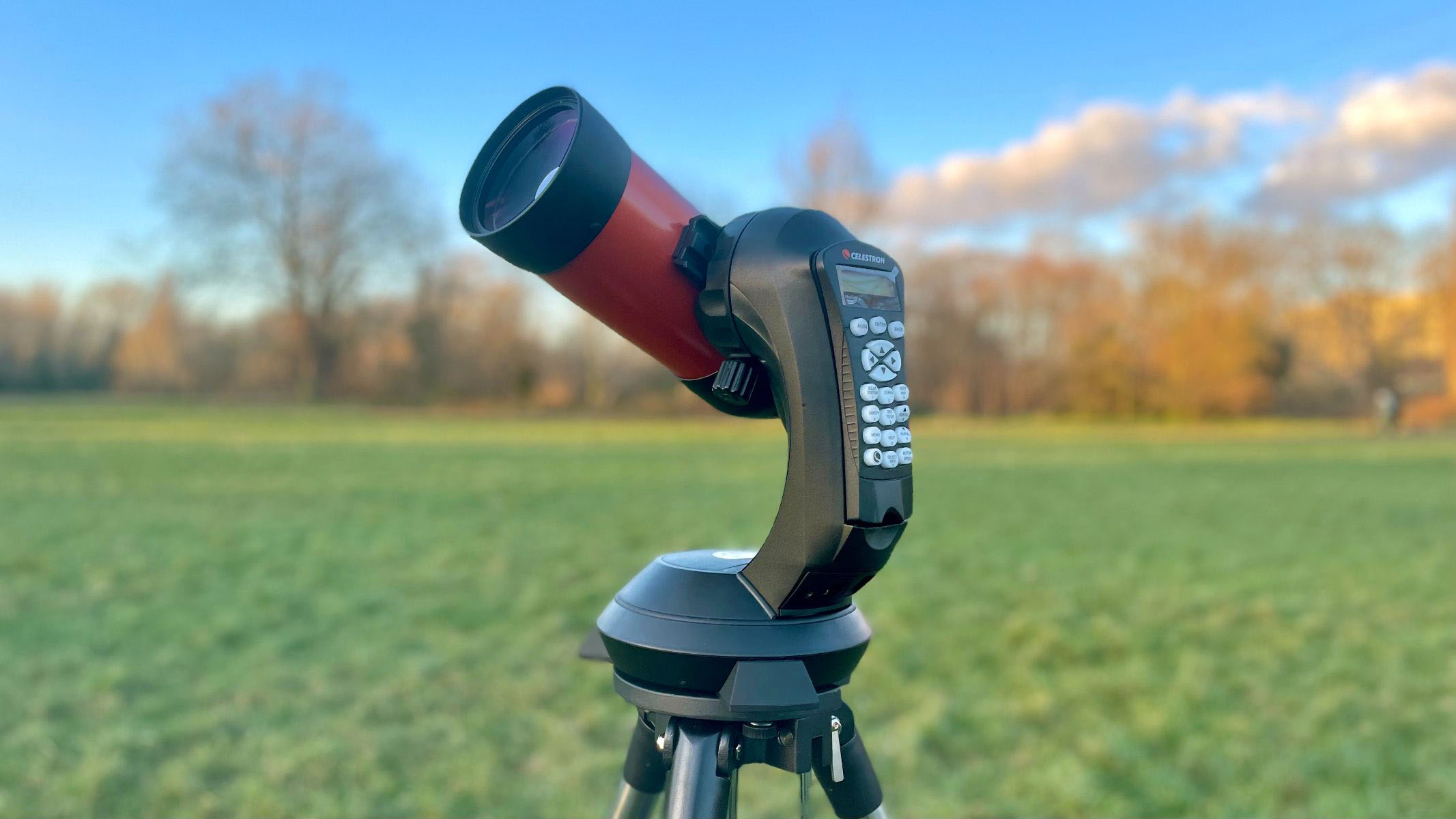
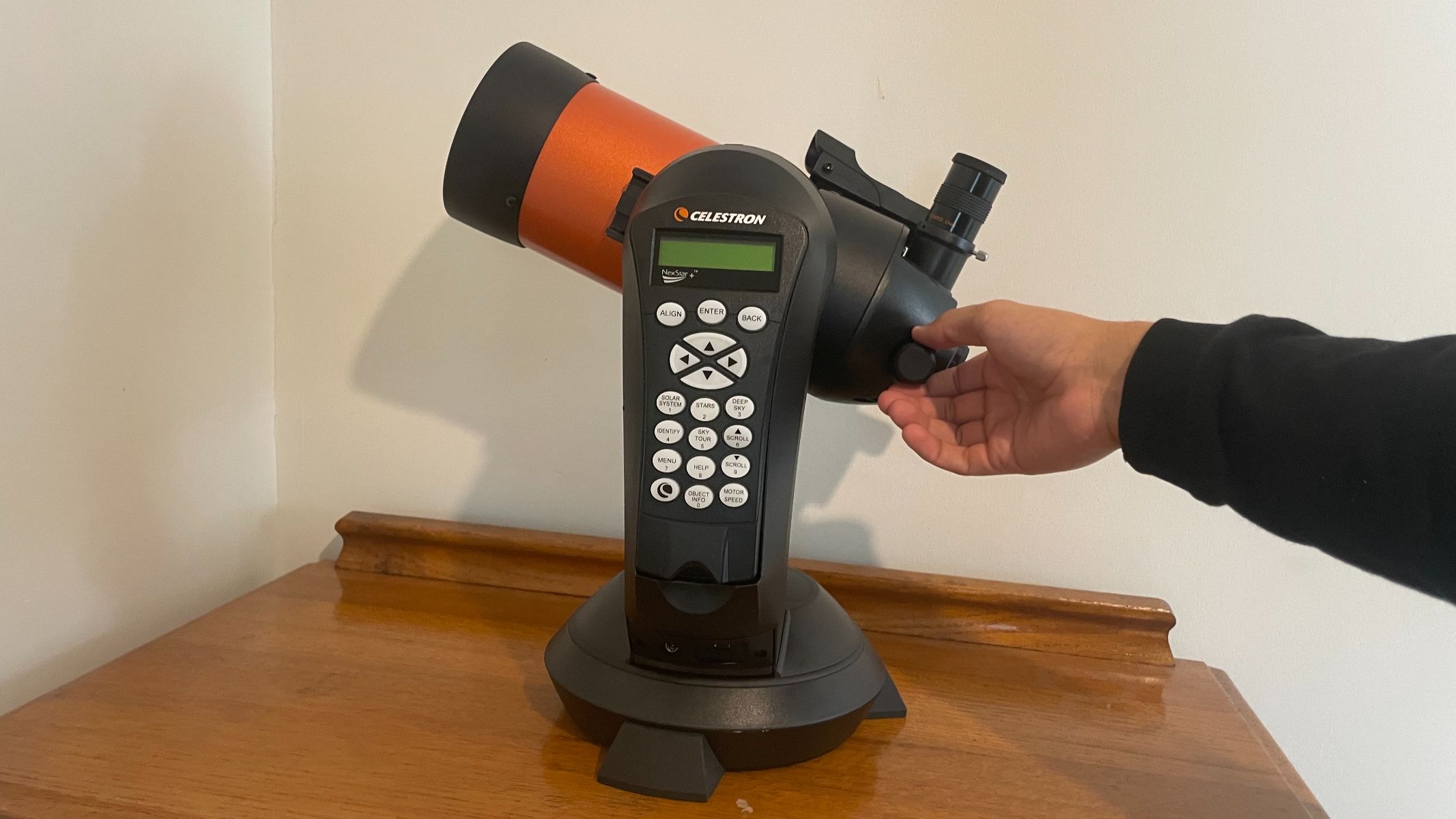
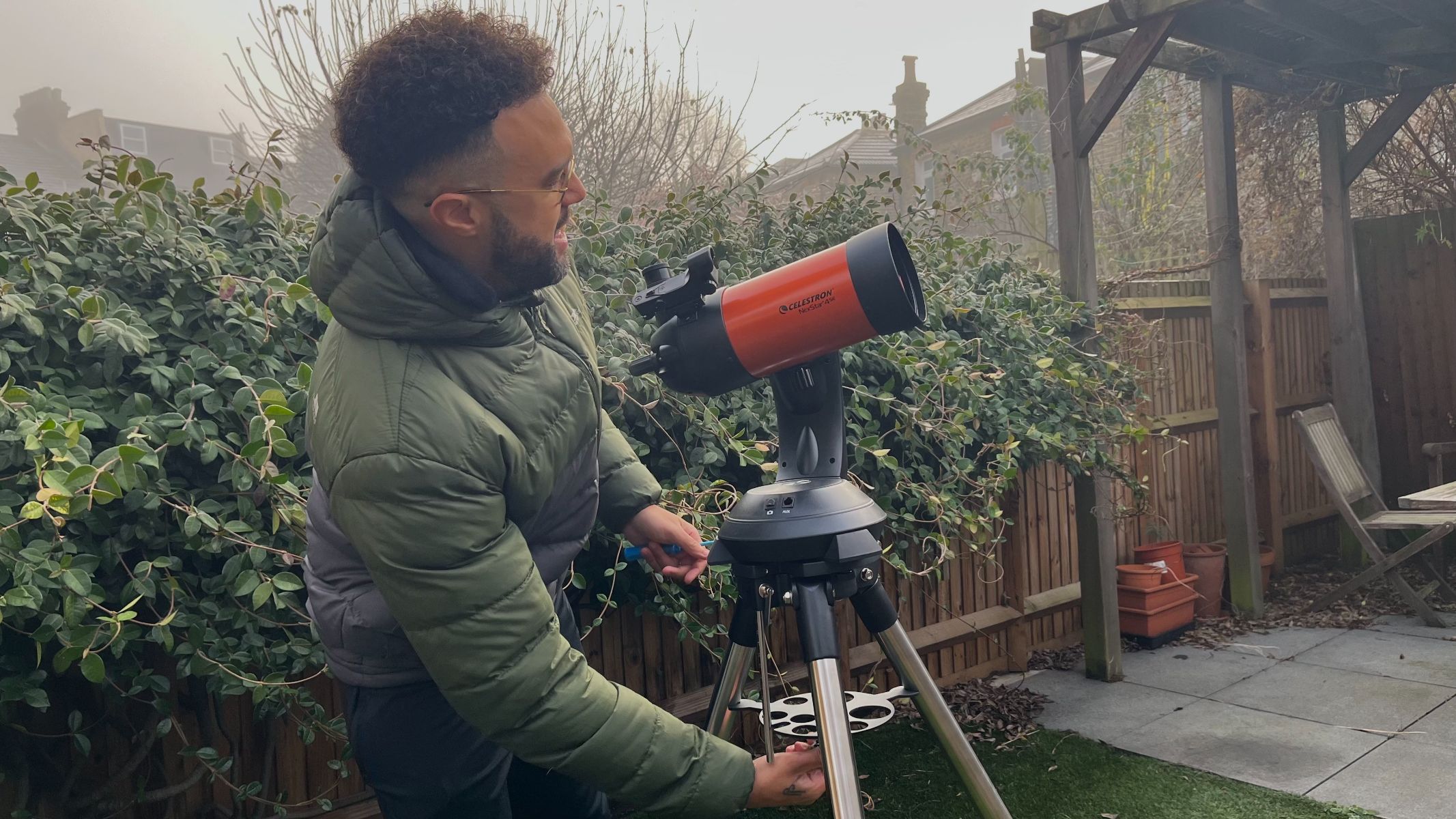
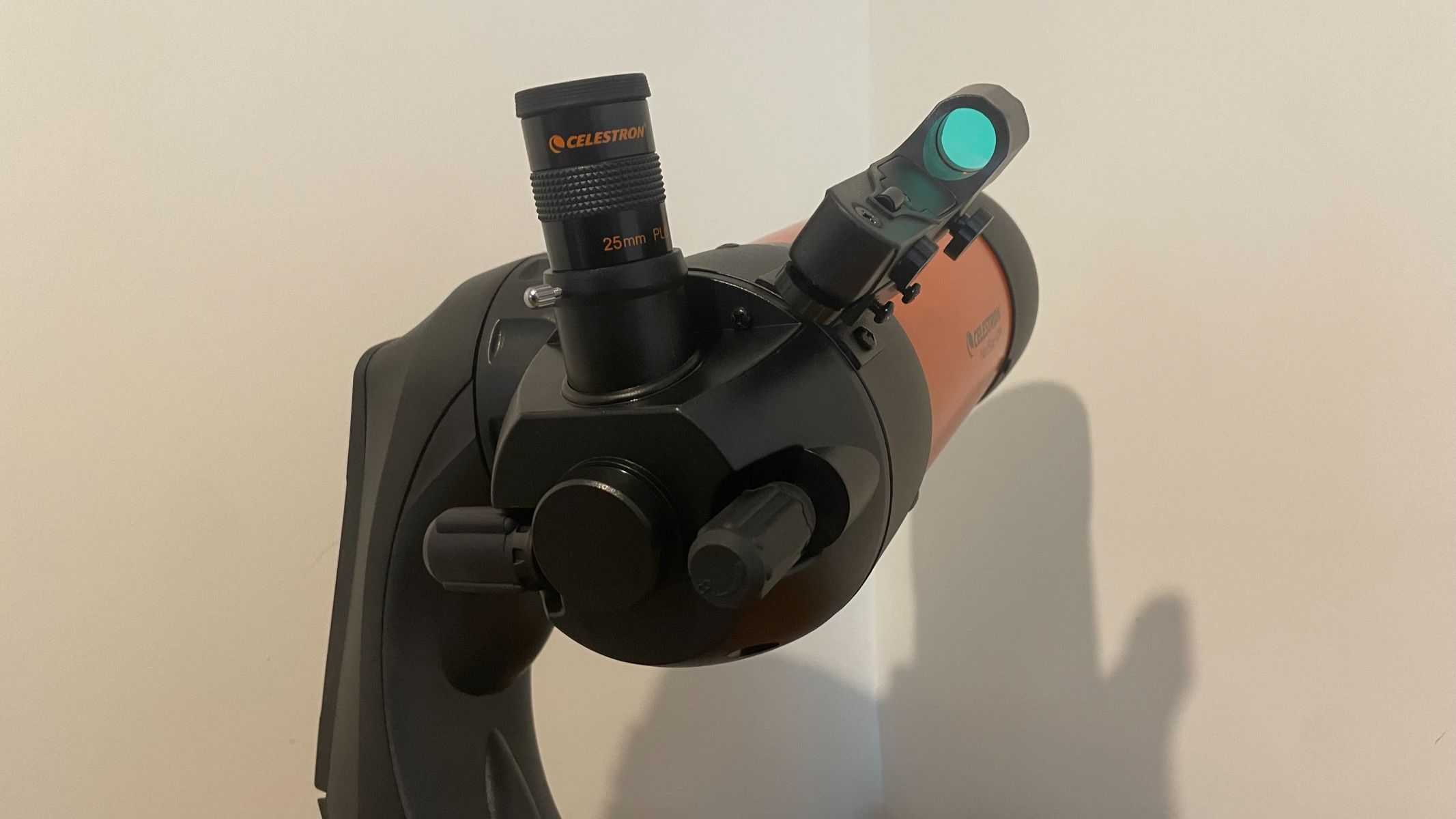
Specifications
Reasons to buy
Reasons to avoid
✅ You want a stress-free setup: There's basically no setup required with this telescope, so you can get to observing straight away.
❌ You want to view deep-sky objects: The narrow FOV makes deep-sky viewing tricky, so this is a telescope best suited to lunar and planetary viewing.
❌ You want portability: While it's certainly moveable, it's not the most lightweight option, so if you plan on traveling a lot with it we'd suggest looking elsewhere.
🔎 Celestron NexStar 4SE Aside from some questionable design choices, the NexStar 4SE is a good buy for the beginner astronomer thanks to its ease of use and sharp, bright optics. ★★★★
One of the best beginner telescopes on the market is the Celestron NexStar 4SE. It's easy to use and quick to set up, making it one of our go-to starter telescopes. You'll be set up in a matter of minutes: All you need to get aligned is your location and three bright sky objects. Thanks to the telescope's GoTo technology, you'll then be able to slew to different objects with the push of a button.
If you think a more traditional experience will be more your style, then perhaps the NexStar 4SE isn't for you. But if you want to take out all of the legwork out of locating the stars and other celestial objects, using this telescope is an absolute joy.
It comes with a handheld controller, allowing you to quickly and easily navigate to new objects. You can even change the speed of the telescope's slew, with nine different speeds available. We've found that this makes it a great choice for families and children, particularly if you want to share views with a group of people.
The NexStar 4SE is a 4-inch (102mm) Maksutov-Cassegrain telescope with a focal ratio of f/13, which makes it excellent for lunar and planetary viewing. In our Celestron NexStar 4SE review, we were able to get clear and sharp views of Jupiter and its surrounding moons, along with other Solar System objects. The supplied 25mm Plossl eyepiece (with a magnification of 55x) creates a field of view that is a little too narrow for viewing deep-sky objects, so we would suggest investing in a 32mm eyepiece and Barlow lens if you want to make use of the 241x highest useful magnification on this scope.
There are some downsides to the NexStar 4SE telescope, however. For a start, it's rather heavy and bulky: Weighing in at approximately 23 lbs (10kg), carrying it around while traveling won't be ideal. Worse, the tripod doesn't fully fold away, so this is best suited for someone who wants to set it up at home and leave it in one place.
It's also very power hungry: We found it'll easily eat through eight AA batteries in a night or two of skywatching, so it's much better if you can connect it to the mains (or an external power source). However, it's a sturdy and well-made scope that should last you for many years and its automatic slewing will be very appealing for those who are just starting out in stargazing.
- Read our full Celestron NexStar 4SE review
Attributes | Notes |
|---|---|
Design | Solid and sturdy build, but drains batteries fast. |
Performance | Crisp, detailed views of the moon and planets. |
Functionality | Celestron's Skyalign and GoTo system automates most of the viewing work. |
✅ You want an EQ mount: The equatorial mount, although tricky to get used to if you're a beginner, will reward you with better tracking.
❌ You don't want a learning curve: This telescope uses an equatorial mount, which is more complex than alt-azimuth mounts most beginner telescopes come with.
- Read our Best telescopes for stargazing galaxies and nebulas guide
Best computerized telescope
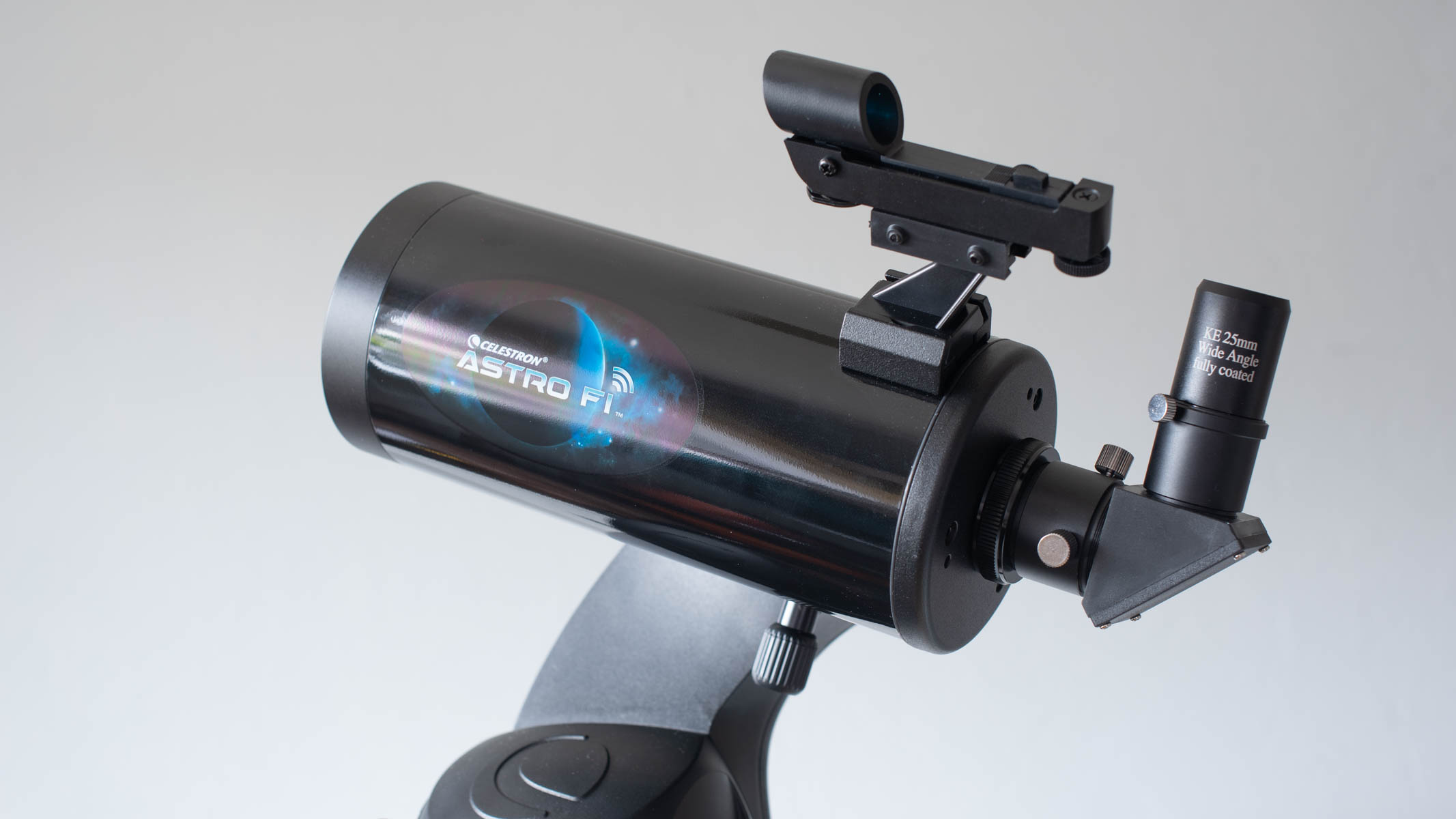
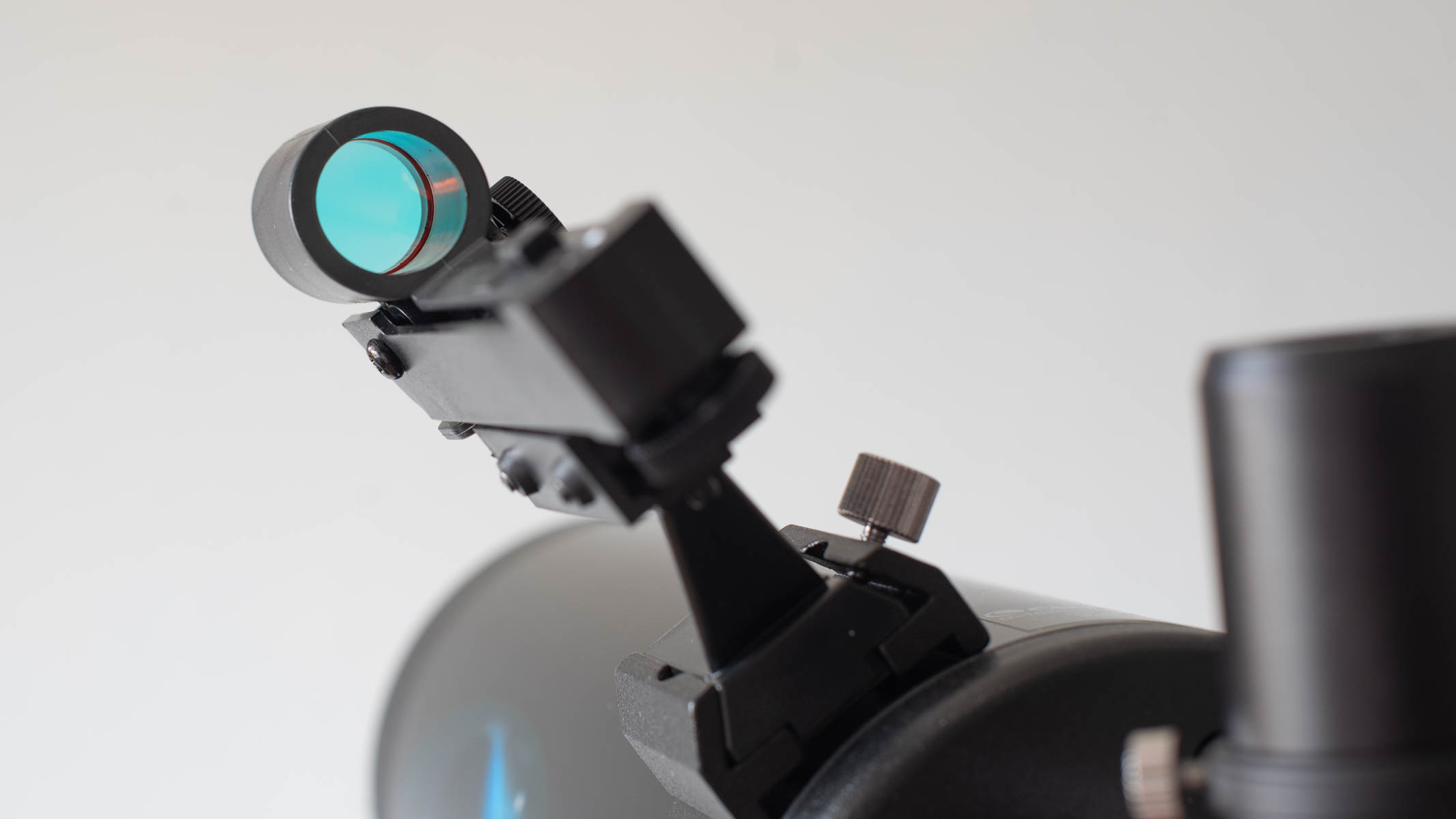
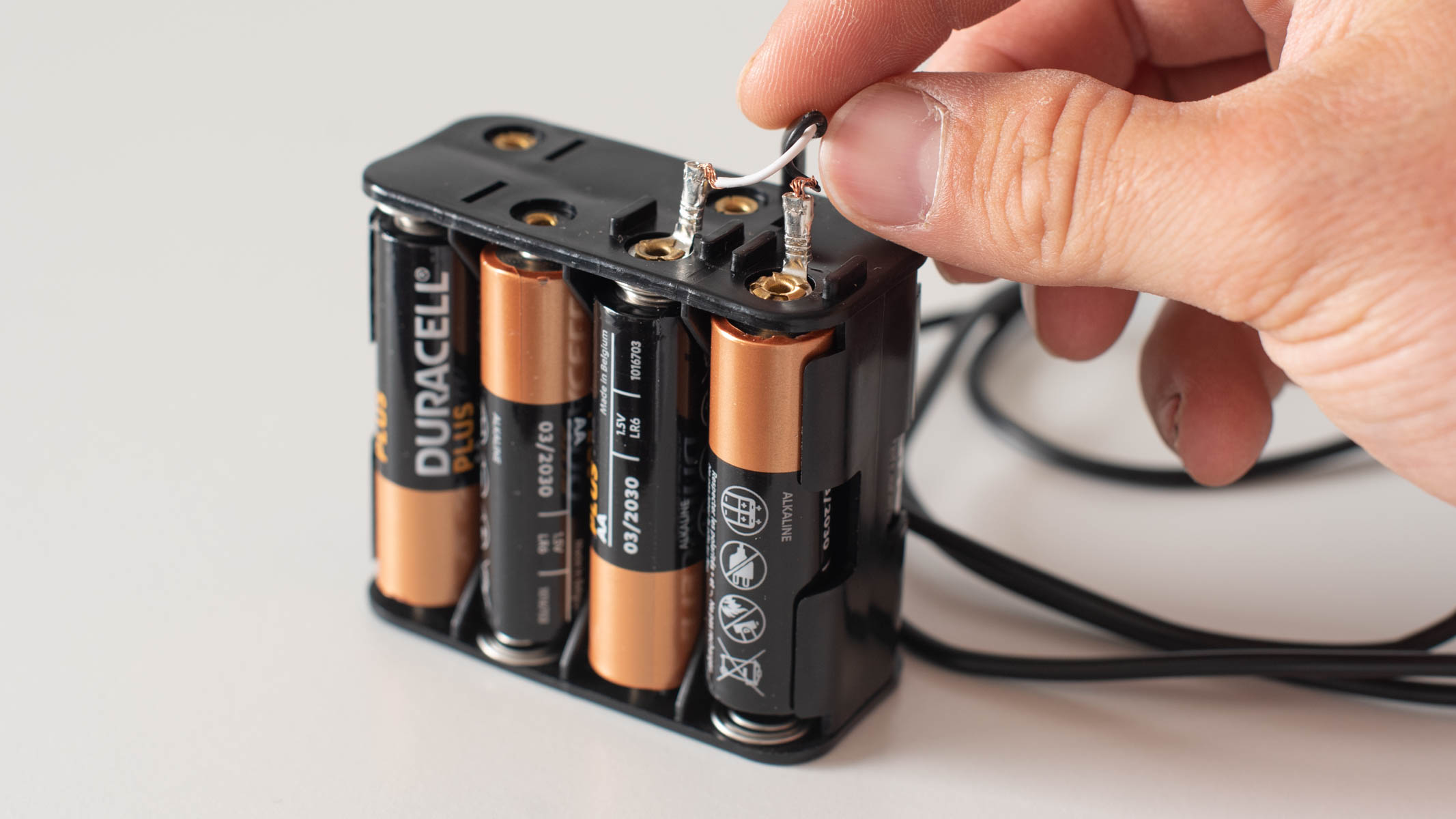
Specifications
Reasons to buy
Reasons to avoid
✅ You want alignment technology: The SkyAlign technology makes aligning your telescope a breeze, all at the touch of a button.
✅ You want something portable: This telescope is lightweight and easy to transport, making it a great option to take on camping trips to dark sky sites.
❌ You don't want technology: This telescope requires the using its app in order to function, so users looking for a more traditional approach should look elsewhere.
🔎 Celestron AstroFi 102 A basic telescope best suited to lunar and planetary observation. The motorized mount can initially be tricky to set up for beginners, but it comes at a reasonable price for decent views of the night sky ★★★½
In our Celestron Astro Fi 102 review, we praised this telescope for numerous reasons. One thing that really stood out to us, though, is just how portable the Astro Fi 102 is. It weighs just 6lbs (2.7kg), which makes it one of the lightest telescopes on this list. If you're looking for a telescope to carry around with you on a hiking or camping trip, or just something you can take out of town to enjoy uninterrupted views of the night sky, it's an excellent choice.
However, part of that lightness does come from the fact the Celestron Astro Fi 102 telescope has plastic outer casing. It's both a strength and a weakness: we appreciate that it's so easy to maneuver, but it does mean it's not quite as hardy and robust as its metal-bodied counterparts. But as long as you handle it with care — as all telescopes should be, of course — you shouldn't have any issues.
The Celestron Astro Fi 102 has everything you need from a beginner telescope, including two eyepieces (10mm and 25mm, for magnifications of 132x and 53x), a smartphone adapter if you fancy your hand at astrophotography and a red dot finder. We think it offers great value thanks to the technology packed into it.
The Astro Fi 102's optics let you pick out planets with ease and offer good views of the moon. With its four-inch aperture, we caught nice views of Venus, Mars, Jupiter and Saturn — and had a close-up look at our moon's rugged terrain.
The Astro Fi 102 features SkyAlign technology, which is straightforward to use and simplifies the alignment process. Alignment is crucial before you begin observing, as it assists the telescope in understanding its position in the night sky. Once aligned, the Astro Fi 102 can automatically direct you to your chosen target at the press of a button. You'll simply need to download the Celestron SkyPortal app from the Apple App Store or Google Play to start the alignment process.
- Read our full Celestron AstroFi 102 review
Attributes | Notes |
|---|---|
Design | Basic plastic casing, tripod needs weighing down. |
Performance | Seamless syncing with the SkyPortal App. |
Functionality | Quiet operation and reliable integrated Wi-Fi. |
Best grab and go telescope
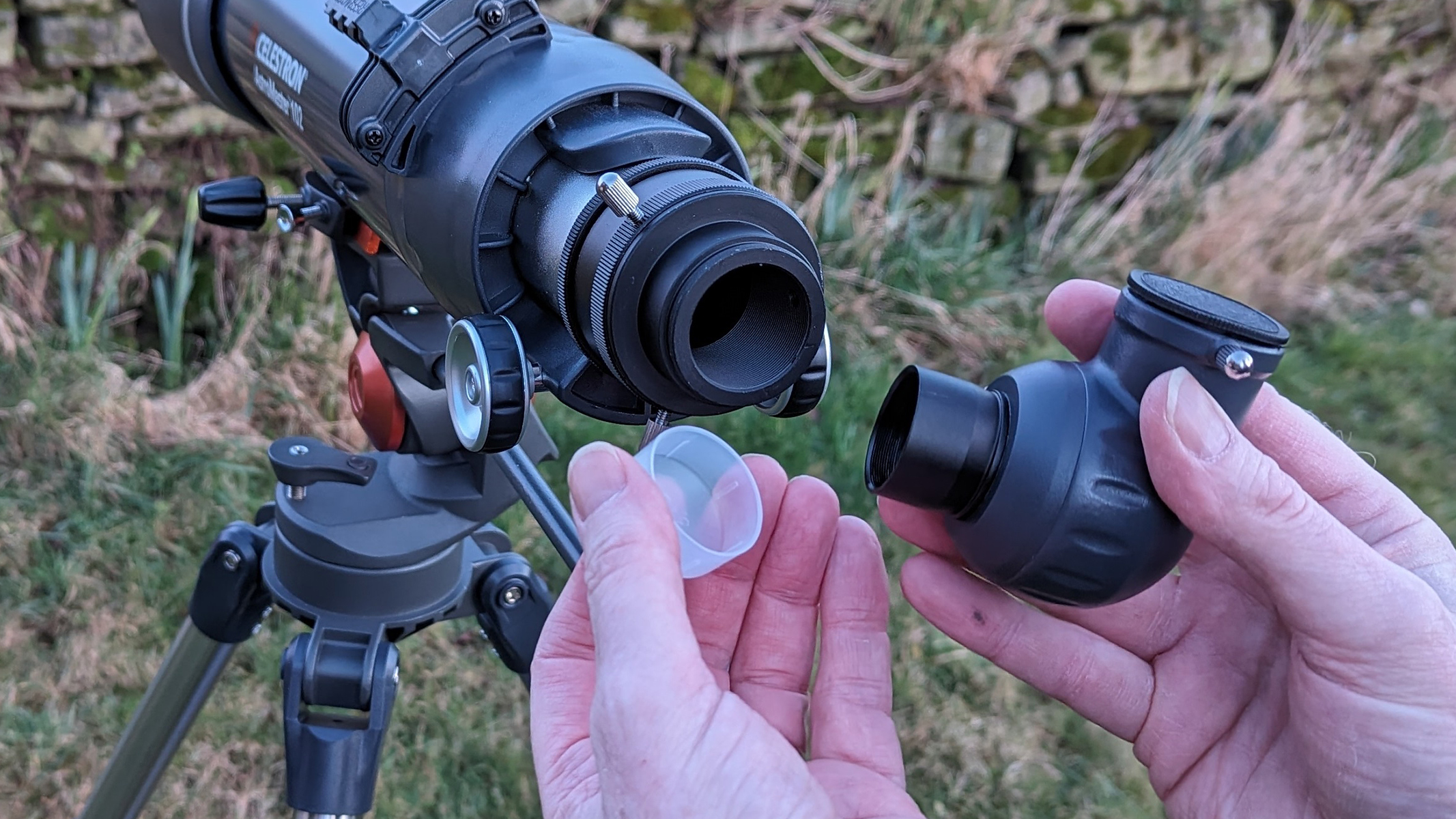
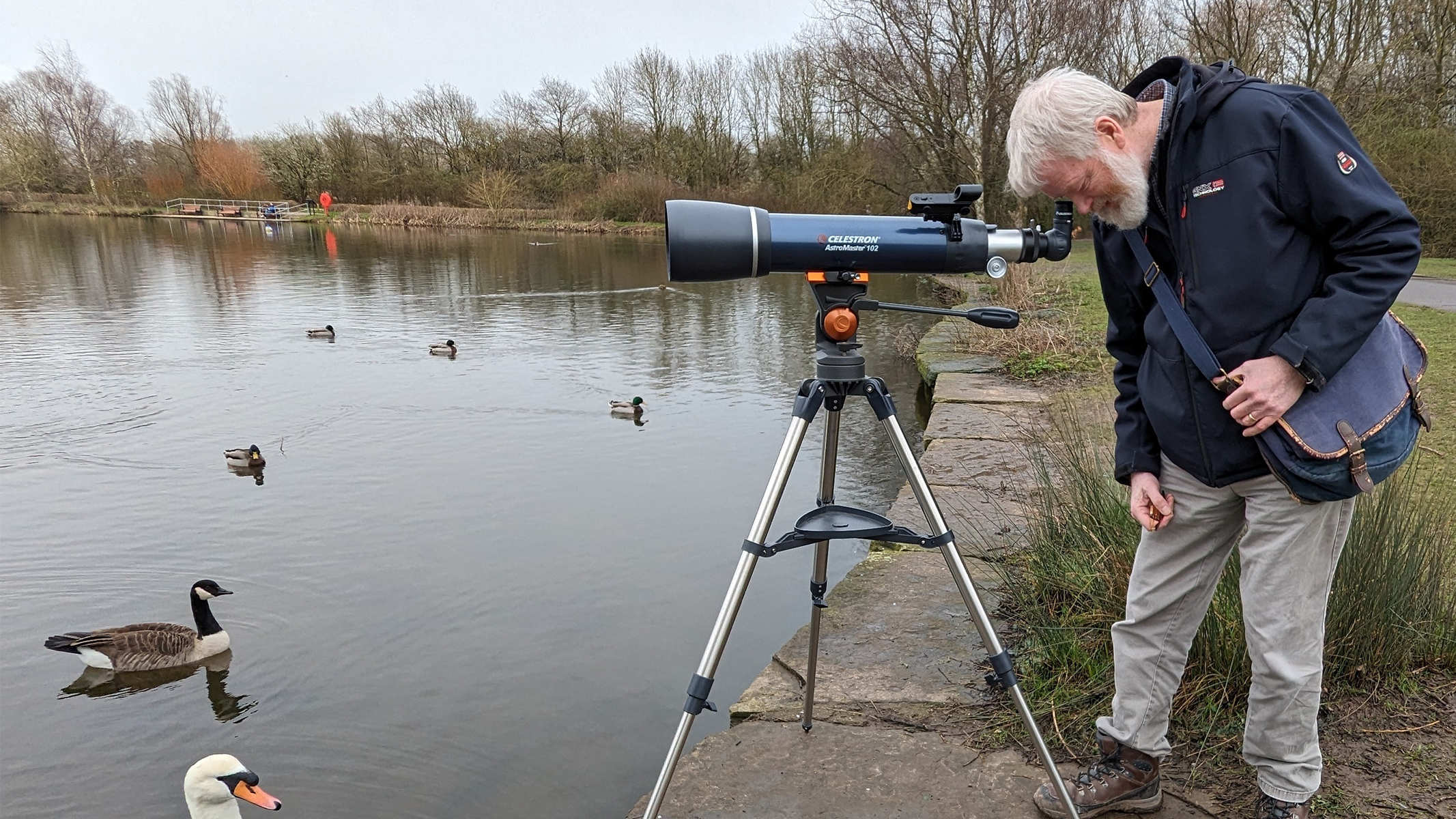
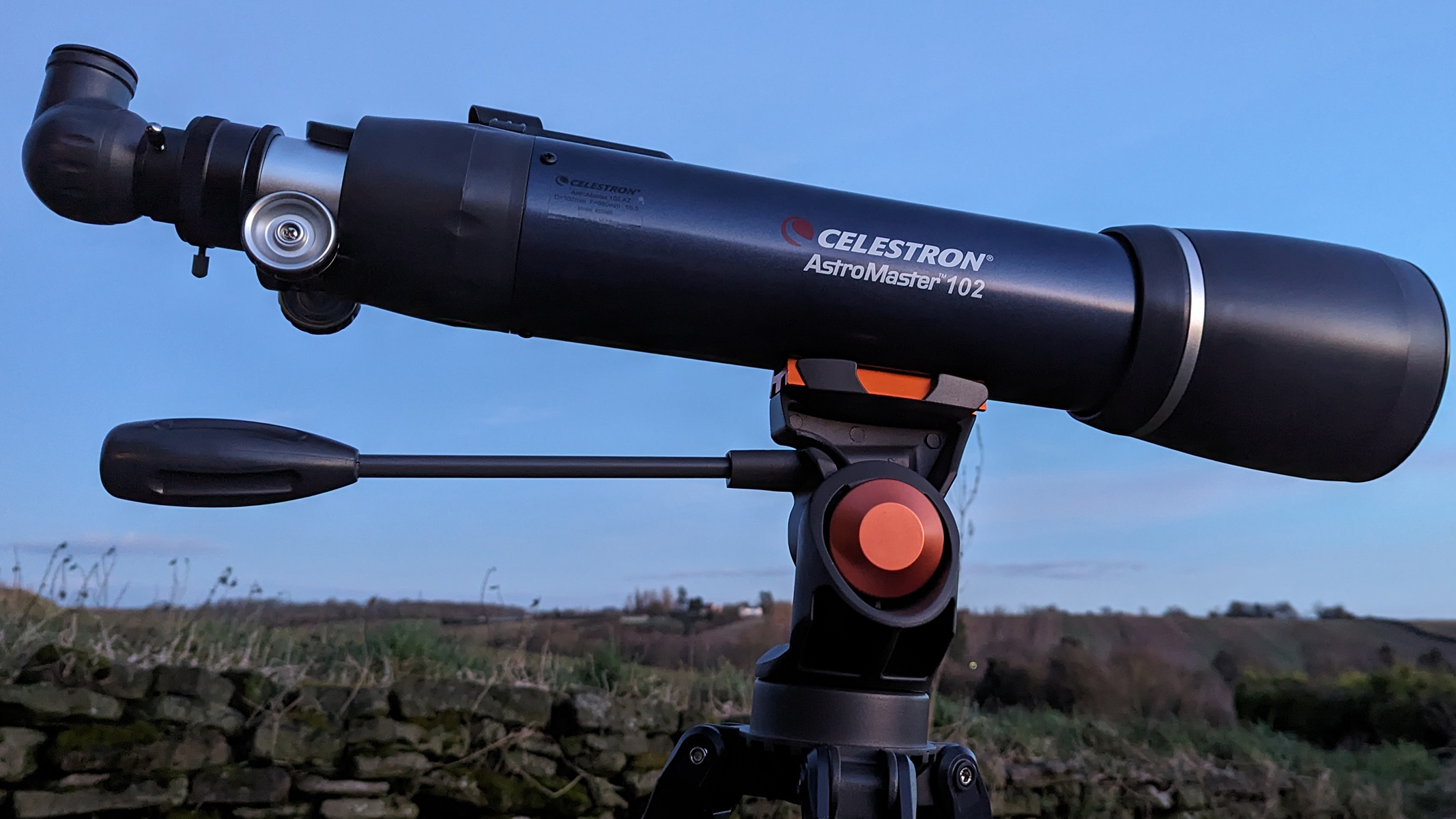
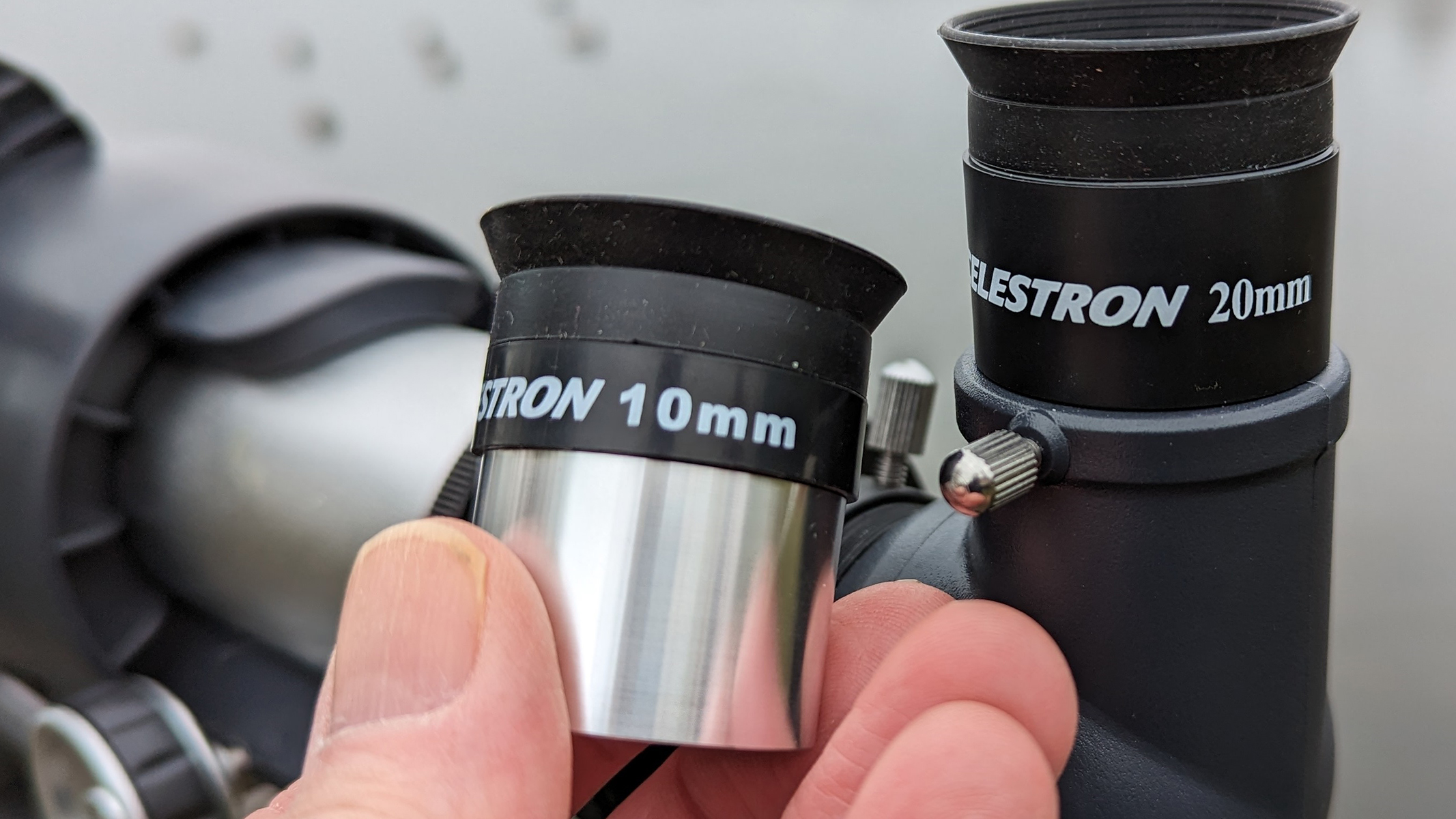
Specifications
Reasons to buy
Reasons to avoid
✅ You don't want any distractions: Many users feel distracted or overwhelmed with screens and apps to contend with, but this telescope is a great option for beginners who want to keep things simple.
✅ You want something portable: Our best pick for a grab and go telescope, this model is lightweight and portable enough to travel with it easily.
❌ You want something powerful: Part of the beauty of this telescope is its simplicity, so if you want something with a bit more oomph and more tech, there are better options.
🔎 Celestron AstroMaster 102AZ A great telescope that's perfect for beginners. It's easy to set up and use without any distracting bits of tech. We were impressed by its performance and image quality. ★★★½
This easy-to-use refractor telescope is easy to put together and works without additional technology. This means the Celestron AstroMaster 102AZ is a fantastic option for anybody who wants to get started without any distractions that can take away from some amazing views — including smartphone screens.
In our Celestron AstroMaster 102AZ review, we were impressed with the optical quality of the telescope, praising the bright, sharp views it allowed of the night sky (and, as an aside, we also found it useful for wildlife watching). But while we couldn't really fault the optics here, we found the tripod and mount to be a little disappointing.
The telescope comes with an alt-azimuth mount, but its handle is somewhat awkwardly located, so it'll take some getting used to when you're manually controlling it. We also found its tripod is rather short when fully extended, which makes it a bit awkward for adults to use. If you're looking for a child's first telescope, however, this won't be an issue.
Everything you need to get started is in the box: You'll find two eyepieces (10mm and 20mm, which allow for magnifications of 66x and 33x), a red dot finder, a star diagonal, the Starry Night software and, of course, a good quality mount. As it's easy to set up, you'll be able to gaze at the stars in no time — and the two eyepieces included have just enough magnification to see distant objects. More eyepieces are available if you'd like to be able to see even further, so take a look at our guide to the best eyepieces for telescopes.
You can get a Celestron AstroMaster in different apertures — namely 70mm, 76mm, 80mm, 90mm, 114mm and 130mm — but we've found the Astromaster 102AZ to be beginner- and budget-friendly, a great choice if you want to observe a wide variety of targets.
- Read our full Celestron AstroMaster 102AZ review
Attributes | Notes |
|---|---|
Design | Easy to assemble. |
Performance | Good views with very little color fringing. |
Functionality | Exquisite clarity and contrast. |
Best telescopes for beginners: Comparison
Product | Rating | Optical design | Aperture | Focal length | Highest useful magnification | Supplied eyepieces | Weight |
|---|---|---|---|---|---|---|---|
Unistellar eQuinox 2 | ★★★★½ | Reflector | 4.5-inches (114mm) | 450mm | 50x optical, 150x digital | Electronic Nikon eyepiece | 19.8 lbs (9kg) |
Celestron Inspire 100AZ | ★★★★ | Refractor | 3.94-inches (100mm) | 660mm | 241x | 10mm, 25mm | 20 lbs (9.07kg) |
Celestron StarSense Explorer DX 130AZ | ★★★★ | Newtonian reflector | 5.11-inches (130mm) | 650mm | 307x | 10mm, 25mm | 18 lbs (8.16kg) |
Celestron NexStar 4SE | ★★★★ | Maksutov-Cassegrain | 4.02-inches (102mm) | 1325mm | 241x | 25mm | 23 lbs (10.4kg) |
Celestron AstroMaster 102AZ | ★★★½ | Refractor | 4.02-inches (102mm) | 660mm | 204x | 10mm, 20mm | 14.1 lbs (6.4kg) |
Celestron Astro Fi 102 | ★★★½ | Maksutov-Cassegrain | 4.02-inches (102mm) | 1325mm | 241x | 10mm, 25mm | 16 lbs (7.25kg) |
Honorable mentions
Orion was, for years, a major name in optical technology, putting out quality telescopes, binoculars and more. Unfortunately, all that ended last year when Orion's parent company, Optronic Technologies, ceased operations. As a consequence, their products have been discontinued, and they're not available new.
However, we'd still recommend hunting down their scopes second hand. The Orion StarBlast II 4.5 in particular is an excellent telescope and was our pick for wide-field observation. So if you spot it used, it's absolutely worth investigating.
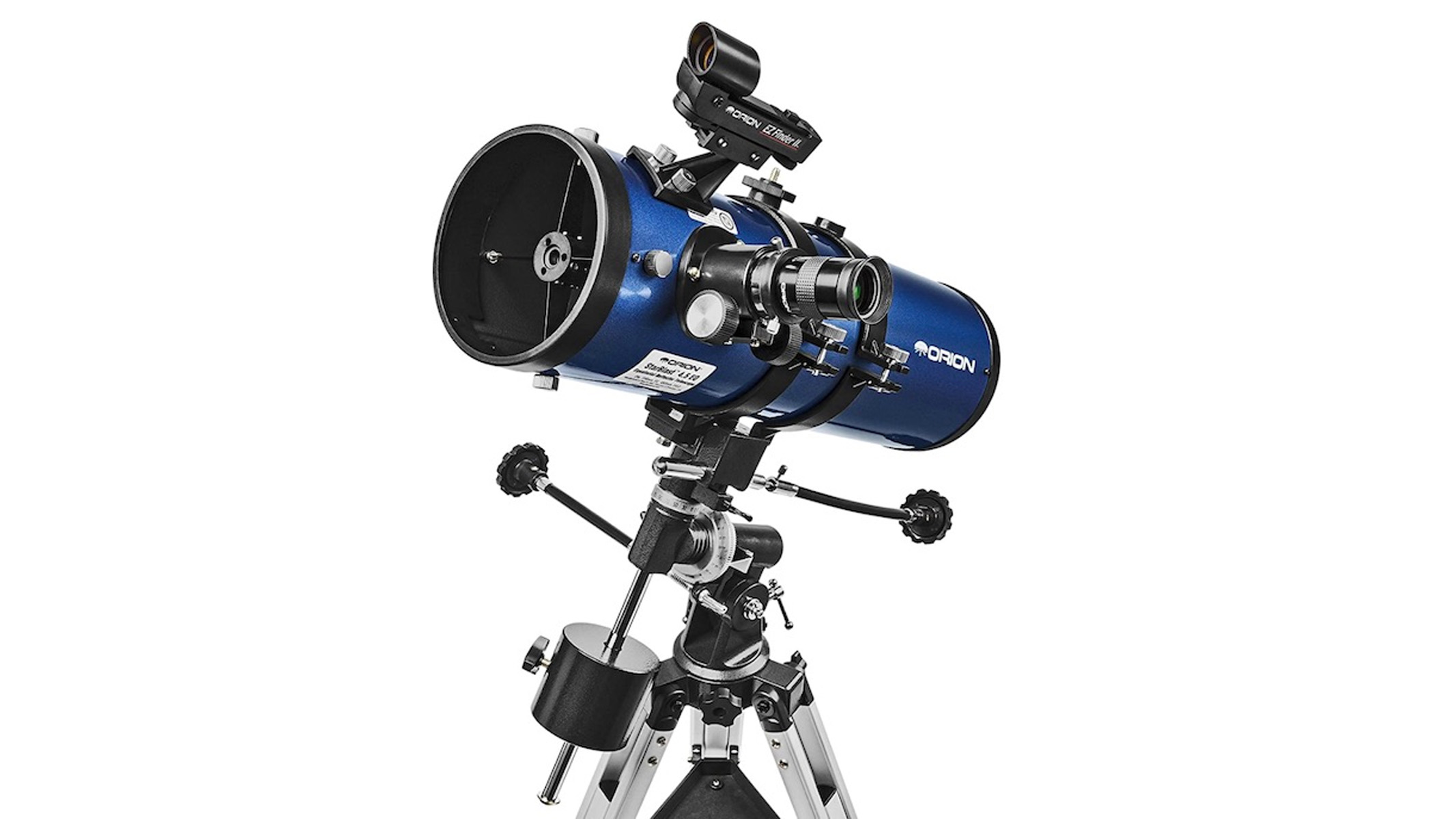
Orion StarBlast II 4.5 EQ
Our expert review:
Specifications
Reasons to buy
Reasons to avoid
🔎 Orion StarBlast II 4.5 EQ A brilliant all-rounder that offers outstanding value for an extensive piece of equipment. The EQ mount does take some getting used to for beginners, but the initial setup is a breeze. ★★★★
The Orion StarBlast II 4.5 sets itself apart from other beginner telescopes thanks to its equatorial mount — a more advanced system than the simple alt-azimuth mount you'll find on most other starter scopes. It's a little harder to get the hang of, but once you do, it'll allow for a greater level of precision and much improved tracking during your night sky observations.
This telescope is designed to be user-friendly, and we did find setting it up to be nice and straightforward. If you need any guidance during the process, you'll find a handy set of step-by-step instructions in the box, which are easy to follow.
Everything you need to get started is included and more: You'll find the mount, tripod and optical tube of course, plus two eyepieces (10mm and 25mm), a 2x Barlow lens, a red LED light, a moon map, red-dot finder and Orion's Star Target Planisphere and Telescope Observer's Guide. It's one of the most comprehensive starter kits we've found, especially considering its price point.
Although we haven't published a full review, we have had hands-on experience with this telescope. During our stargazing expedition, Jupiter was prominently visible in the southeast, shining brightly with a magnitude of -2.7. The conditions were favorable, allowing us to discern the atmospheric belts and the largest moons of the gas giant. We observed a slight amount of coma, causing images to appear as if they were 'falling inwards' near the edge of the field of view. However, with this telescope, we had to look closely to notice any distortion, and it did not impact our views or our enjoyment of the night sky.
As the telescope is better suited to wide-angle subjects, we turned the tube to the Pleiades (Messier 45), which dazzled in the field of view. The major member stars were pin-sharp, like white jewels. We were also able to spot the Merope Nebula, a reflection nebula surrounding the 4th-magnitude star, Merope.

Gemma currently works for the European Space Agency on content, communications and outreach, and was formerly the content director of Space.com, Live Science, science and space magazines How It Works and All About Space, history magazines All About History and History of War as well as Science, Technology, Engineering, Arts and Mathematics (STEAM) kids education brand Future Genius. She is the author of several books including "Quantum Physics in Minutes", "Haynes Owners’ Workshop Manual to the Large Hadron Collider" and "Haynes Owners’ Workshop Manual to the Milky Way". She holds a degree in physical sciences, a Master’s in astrophysics and a PhD in computational astrophysics. She was elected as a fellow of the Royal Astronomical Society in 2011.
Best telescopes for beginners: Frequently Asked Questions
When deciding on the best beginner telescope, you'll need to consider what to look for if you want to achieve the best stargazing or skywatching experience. As impressive as January's cosmic displays are, think about how you want to use it on a regular basis.
It's important to take into account the various features and capabilities of different telescopes, as well as any budgetary constraints you have when making your decision.
You also need to consider the portability of each telescope if you plan on using it in different locations, as not all of them are lightweight or simple to transport.
What types of beginner telescope are there?
There are three main types of beginner telescopes: Reflector, refractor and catadioptric, all of which are best suited to viewing different celestial objects. Typically, reflectors are better for viewing faint, deep-sky objects like nebulae and galaxies, whereas refractors are popular for observing objects like planets or moons. Catadioptric telescopes give you the best of both worlds and can be a happy middle ground.
As the name suggests, refractors bend the light and typically work similarly to camera lenses, whereby light passes through a series of glass elements before resolving toward the eyepiece.
Reflectors use a primary mirror to capture light from the telescope tube, then a secondary mirror to reflect the light into the eyepiece. These types of telescopes are often less expensive to build since they require the creation of a single large mirror instead of the multiple glass elements you'd find in refractors.
Catadioptric telescopes combine refractive and reflective technology, allowing for long focal lengths and wide apertures in smaller telescope bodies.
What is the cheapest beginner telescope?
In this guide, the least expensive beginner telescope we've reviewed is the Celestron Inspire 100AZ. At under $300 at the time of writing, this refractor telescope is easy to set up and, despite its price, offers great views of planets, stars and galaxies. If you'd prefer something budget-friendly that can do a little more, then take a look at the Celestron AstroMaster 102AZ telescope.
Which is the best beginner telescope for astrophotography?
The Unistellar eQuinox 2 telescope tops our list of the best beginner telescopes. It's a smart telescope that automatically orients itself and can image straight from the Unistellar app on your smart device. However, it may be out of budget for many.
If that's the case, take a look at the Celestron Inspire 100AZ, which we'd recommend for astrophotography (you will need a camera and an adapter, though). Discover what equipment you need to see and photograph the planets with our handy guide.
What's the best beginner telescope for a child?
The Celestron Inspire 80AZ is the best beginner telescope for kids because it offers more than most beginner packages and it's easy to assemble. Want to browse other great kid-friendly scopes? We have an entire buying guide dedicated to the best telescopes for kids.
What do the telescope terms mean?
Here are some basic terms you may want to familiarize yourself with before you make a purchase:
Aperture: The diameter of the primary mirror or lens that allows the telescope to collect light.
Field of view: Area of sky visible through the eyepiece.
Focal length: A telescope's tube length. Short focal lengths offer a wide field of view and a small image.
Focal ratio: Also known as the telescope's speed. Small focal ratios provide lower magnifications, a wide field of view, and a brighter image.
Magnification: Relationship between the telescope's optical system and the eyepiece.
Which beginner telescopes come with a phone mount?
The Celestron Inspire 100AZ has a phone mount that ships with the telescope as well as other accessories you'll need to get started. Phone mounts are destined either to hold your phone while you use one of the best stargazing apps to guide you while you navigate the stars, or so you can use an app that controls the telescope electronically.
Update log
Recent updates
Editor's note 04/10/25: Introduction updated to include the April 12 full moon, and April 25 planetary alignment with the crescent moon.
How we test the best telescopes for beginners
To guarantee you are getting honest reviews and informed recommendations of the best telescopes for beginners, each telescope is thoroughly tested to see how it performs and how accessible they are for beginners to operate.
There are many considerations to think about when buying your first telescope so our reviewers make sure to keep our beginner recommendations straightforward. Quality of optics and ease of use with basic astronomy knowledge are our main criteria to consider while testing the best telescopes for beginners.
By looking at the build of the Optical Tube Assembly (OTA) we can give a clear breakdown to our readers. This includes discussing the type of telescope (refractor, reflector, catadioptric) and what that means regarding image quality and expected magnification for certain targets. With a range of telescopes, our reviewers have observed the moon, Jupiter and a range of Messier objects, whilst checking to see how easy it is to locate these objects and giving honest feedback about image quality.
Telescope accessories, like eyepieces and mounts, are assessed in terms of their functionality and quality. Mounts (alt-azimuth, equatorial) and star alignment equipment (finder scope, alignment software) are tested concerning the level of astronomical knowledge needed for use.
To give you a review you can trust, we test the claims of the telescope manufacturers against their real-life use. Our staff and freelance reviewers are seasoned stargazers who understand the needs of a beginner from their many years of experience using telescopes. We also work with astronomy experts to ensure that we are giving you the most accurate and important information on telescope use.
Join our Space Forums to keep talking space on the latest missions, night sky and more! And if you have a news tip, correction or comment, let us know at: community@space.com.
Get the Space.com Newsletter
Breaking space news, the latest updates on rocket launches, skywatching events and more!

Gemma currently works for the European Space Agency on content, communications and outreach, and was formerly the content director of Space.com, Live Science, science and space magazines How It Works and All About Space, history magazines All About History and History of War as well as Science, Technology, Engineering, Arts and Mathematics (STEAM) kids education brand Future Genius. She is the author of several books including "Quantum Physics in Minutes", "Haynes Owners’ Workshop Manual to the Large Hadron Collider" and "Haynes Owners’ Workshop Manual to the Milky Way". She holds a degree in physical sciences, a Master’s in astrophysics and a PhD in computational astrophysics. She was elected as a fellow of the Royal Astronomical Society in 2011. Previously, she worked for Nature's journal, Scientific Reports, and created scientific industry reports for the Institute of Physics and the British Antarctic Survey. She has covered stories and features for publications such as Physics World, Astronomy Now and Astrobiology Magazine.
- Mina FrostContributing writer
- Chris McMullenContributing Writer
- Jase Parnell-BrookesManaging Editor, e-commerce
- Harry BennettE-commerce Staff Writer
